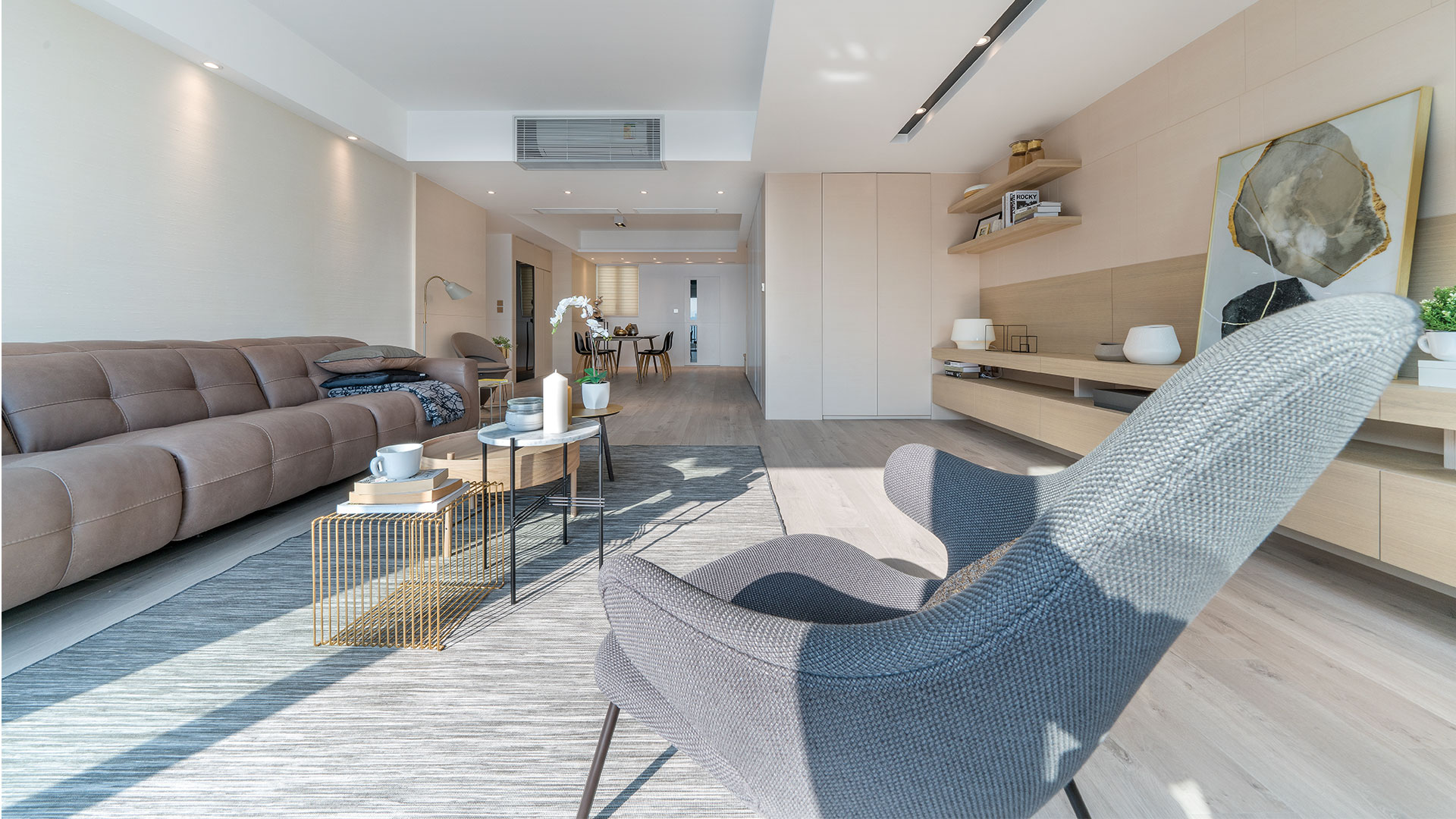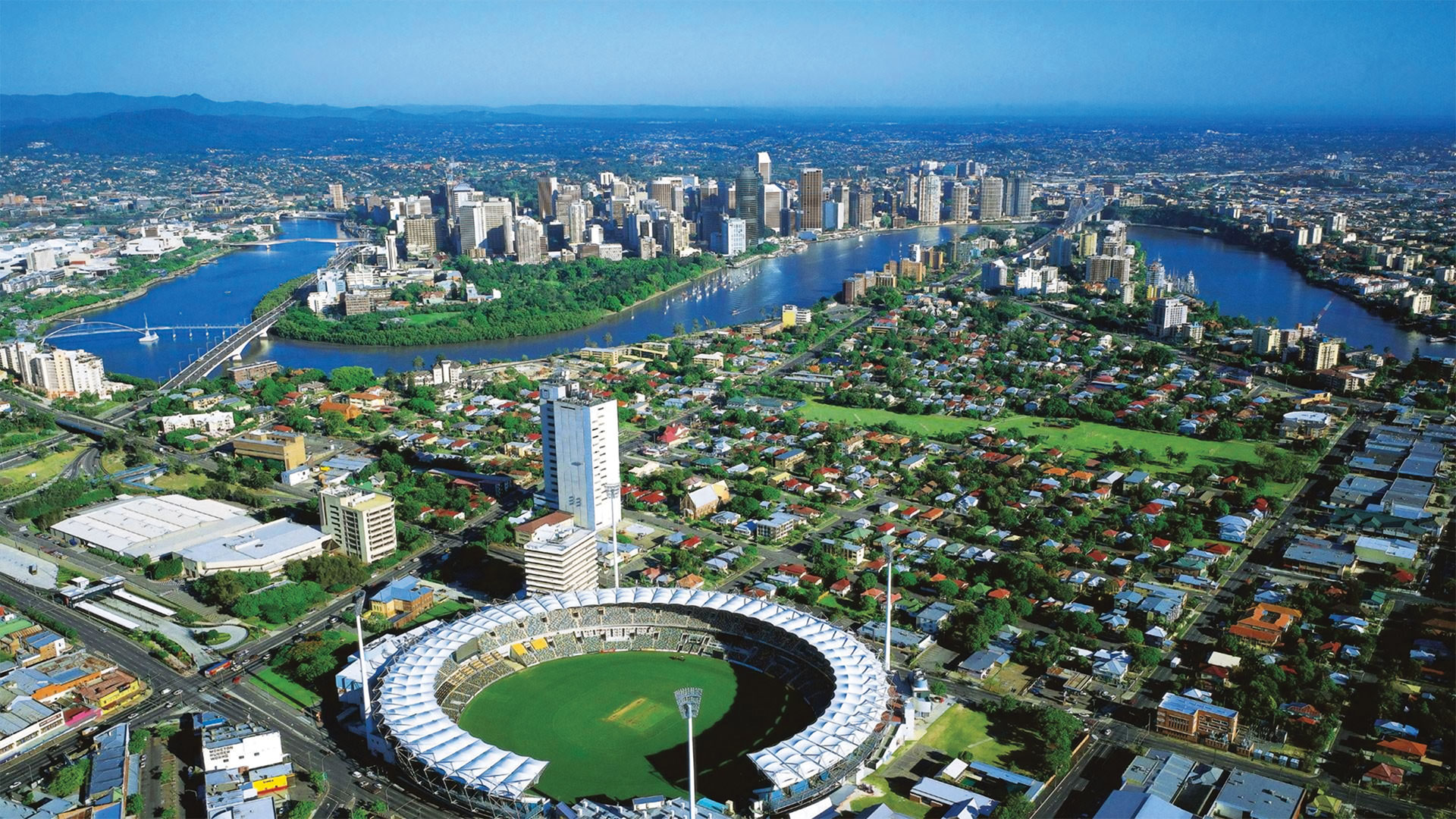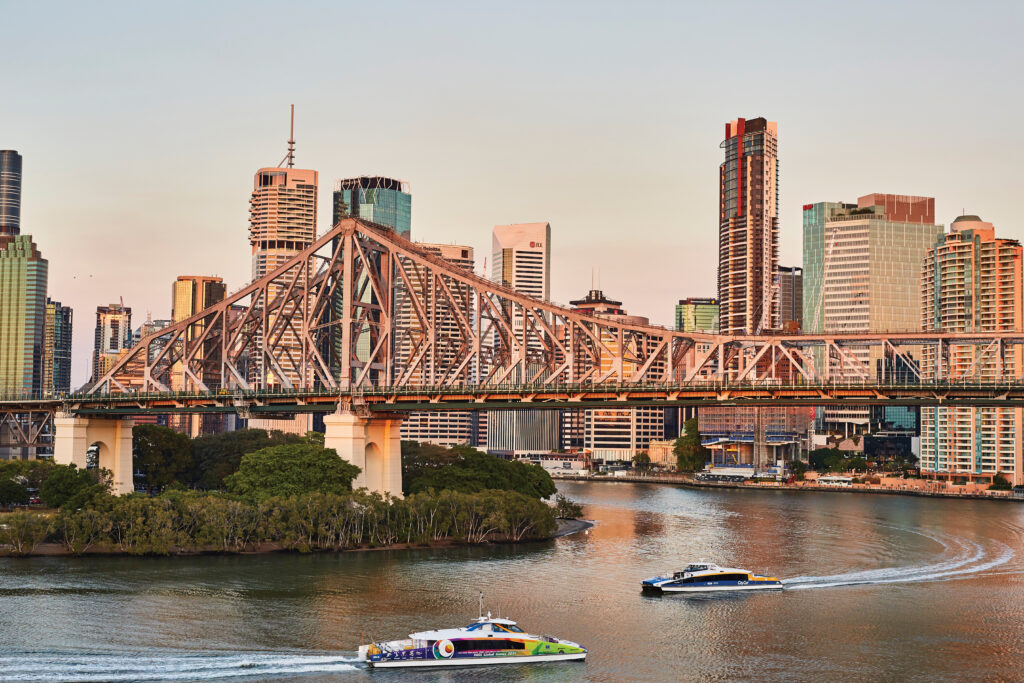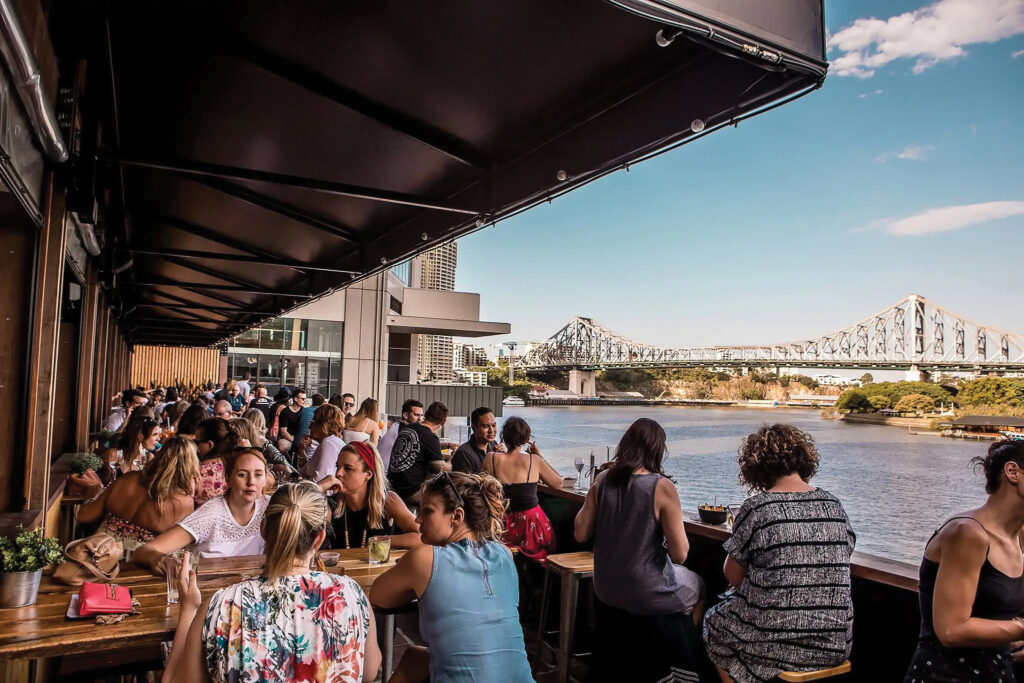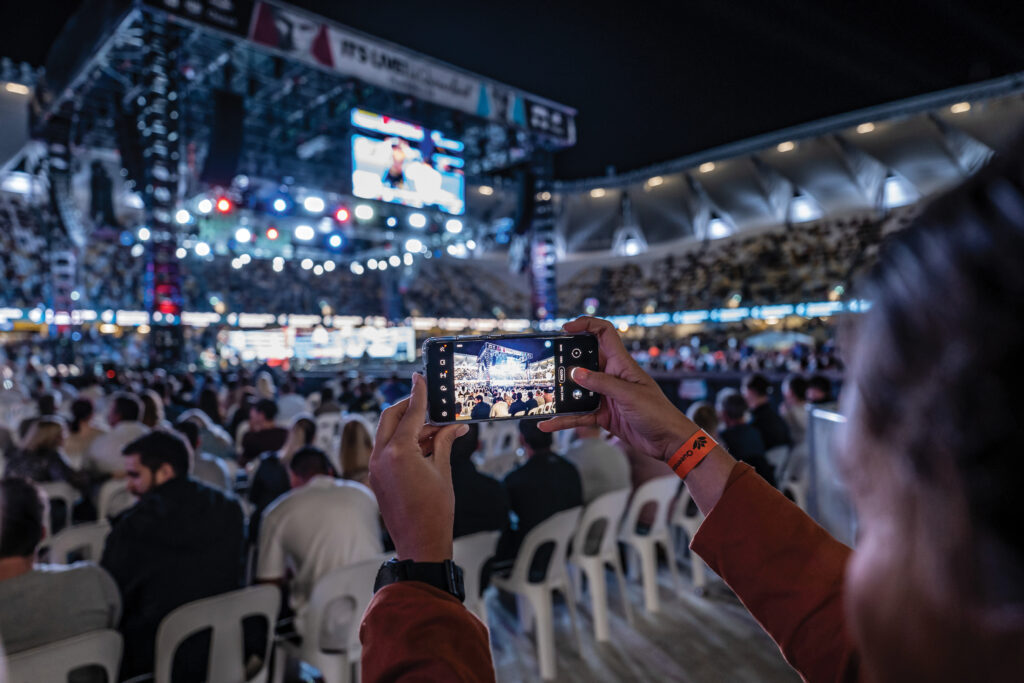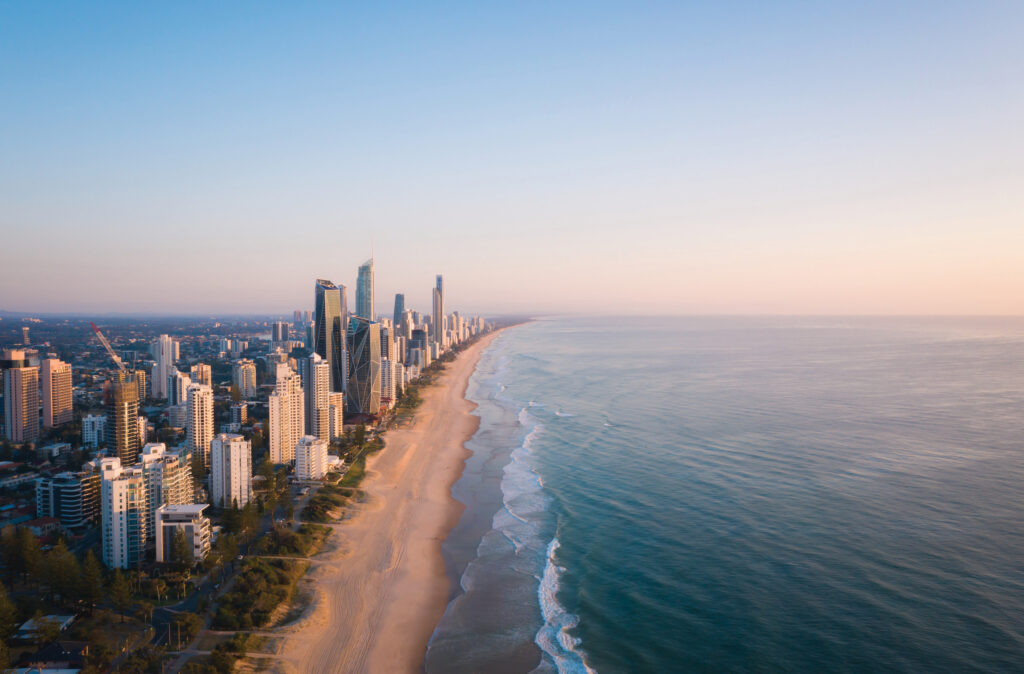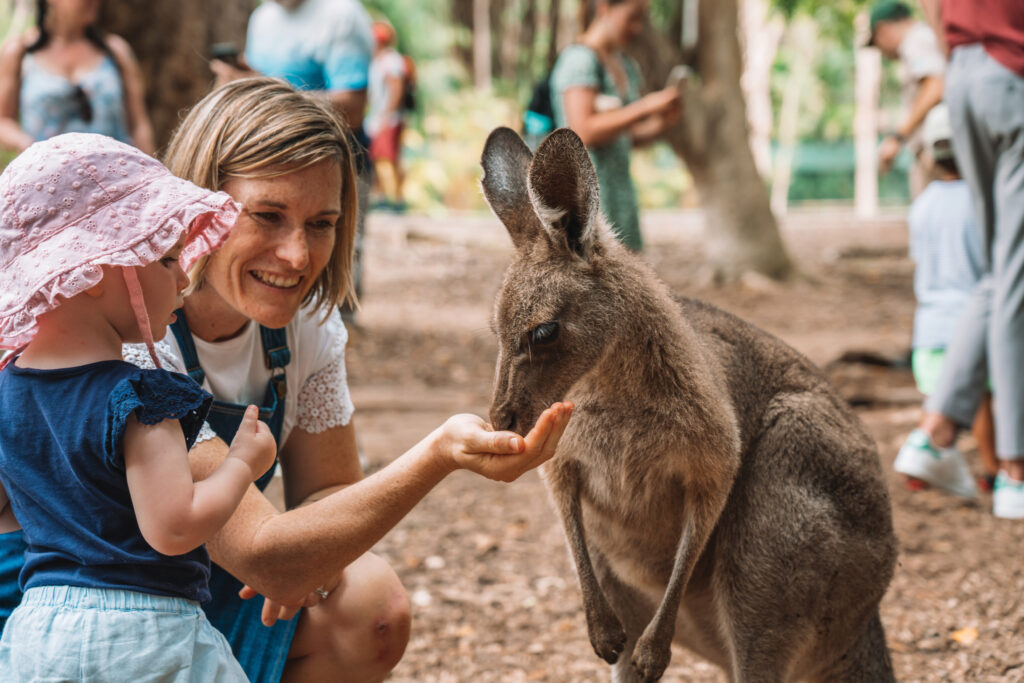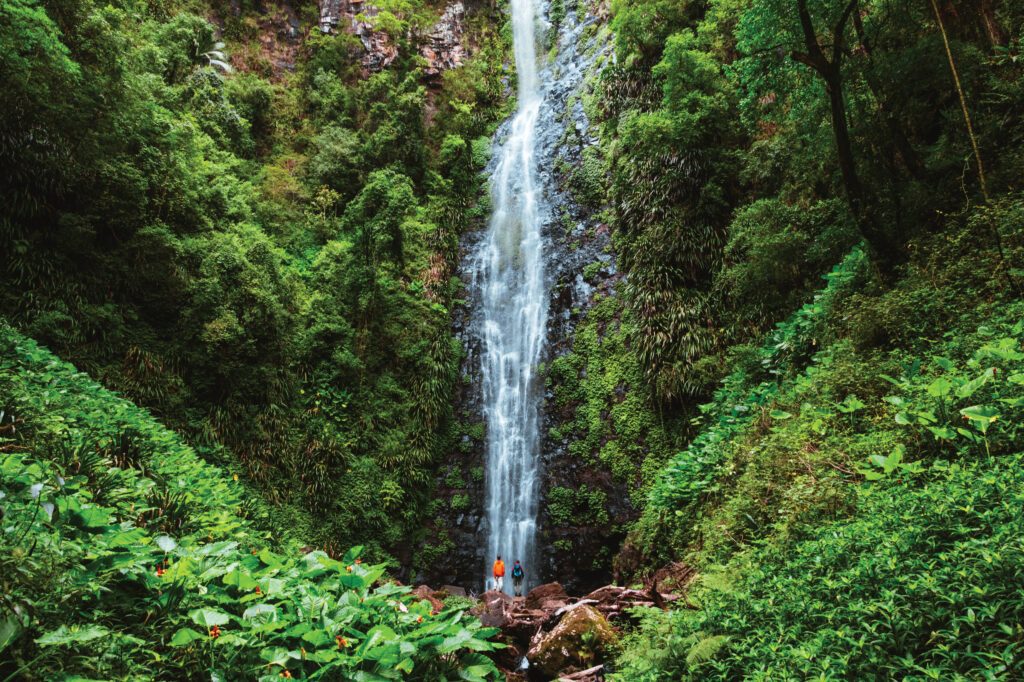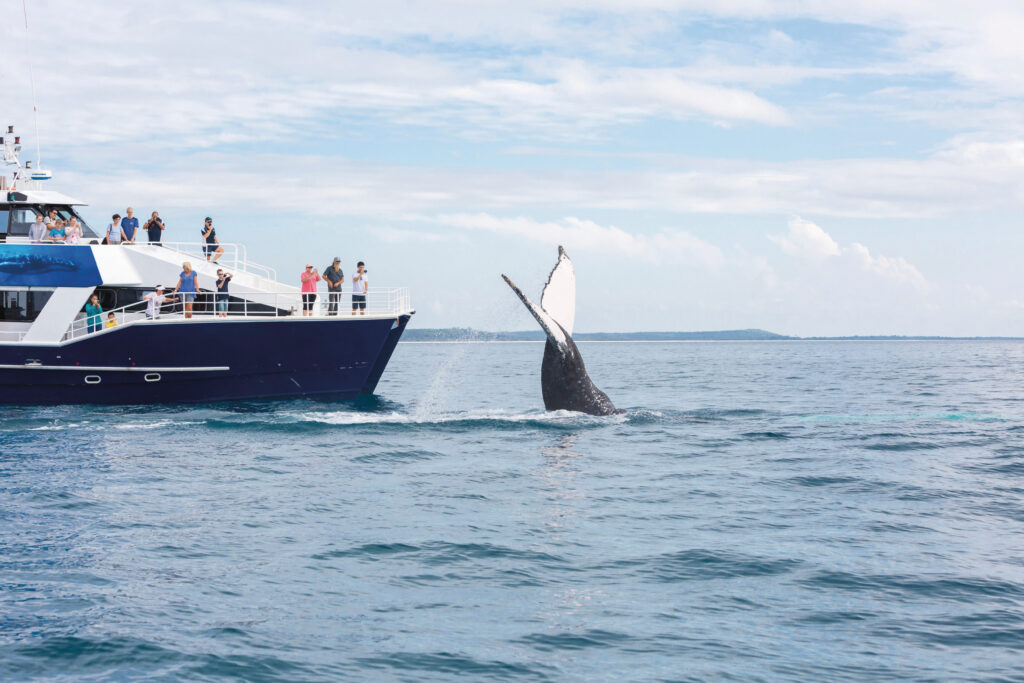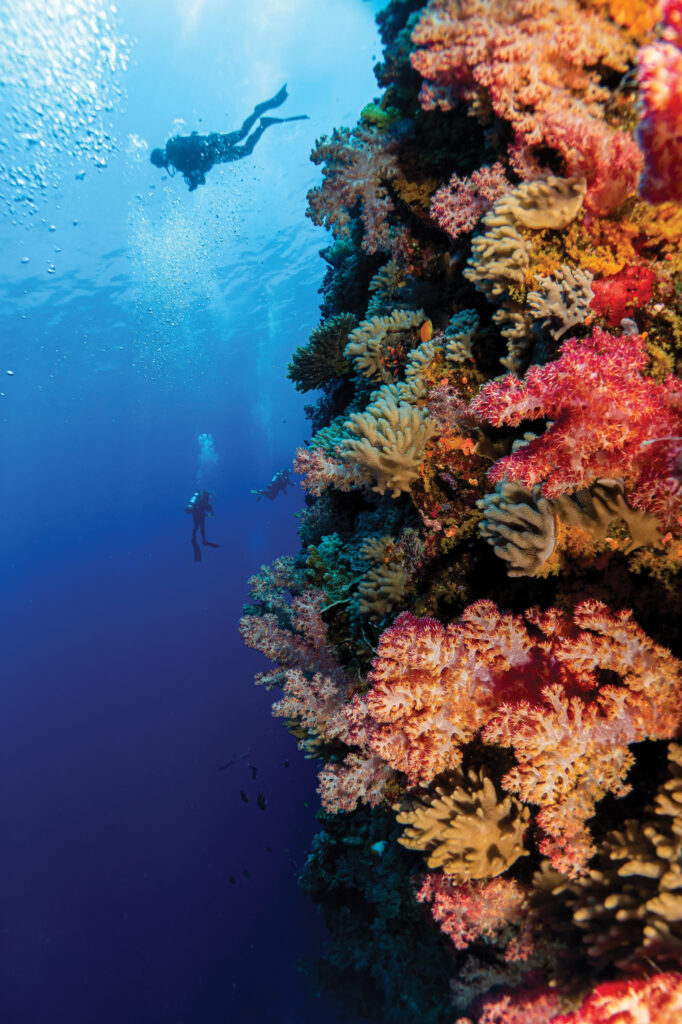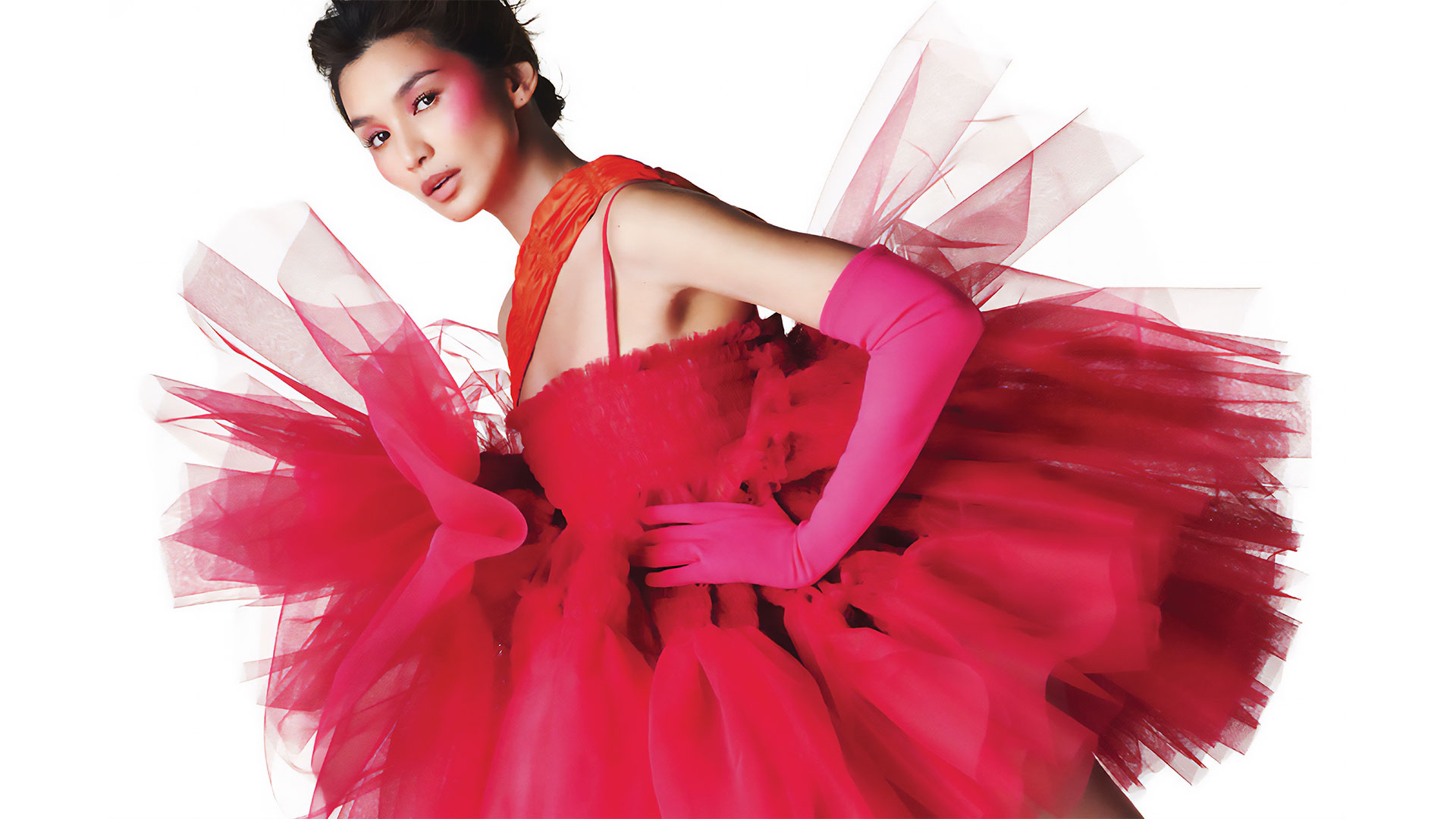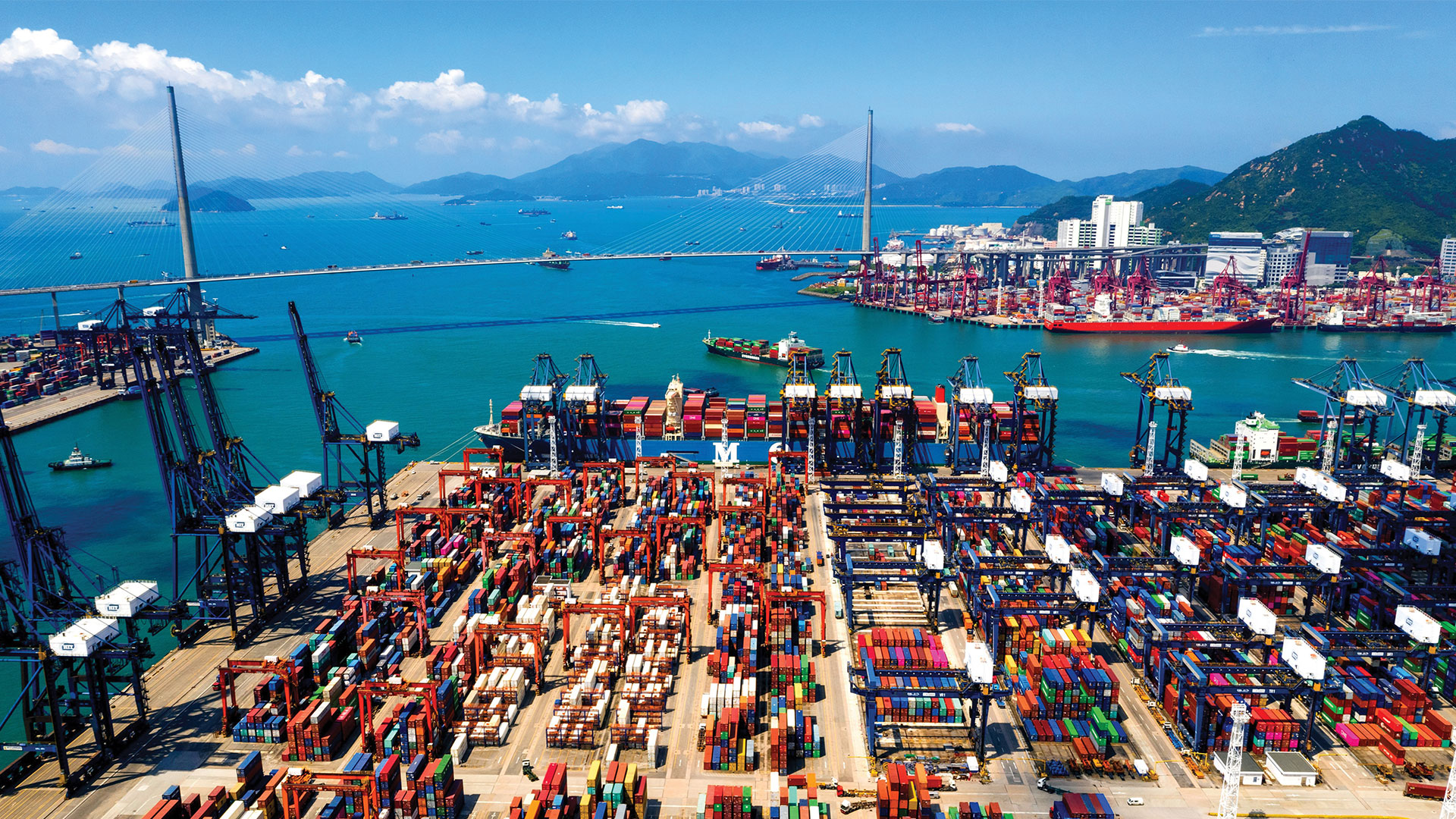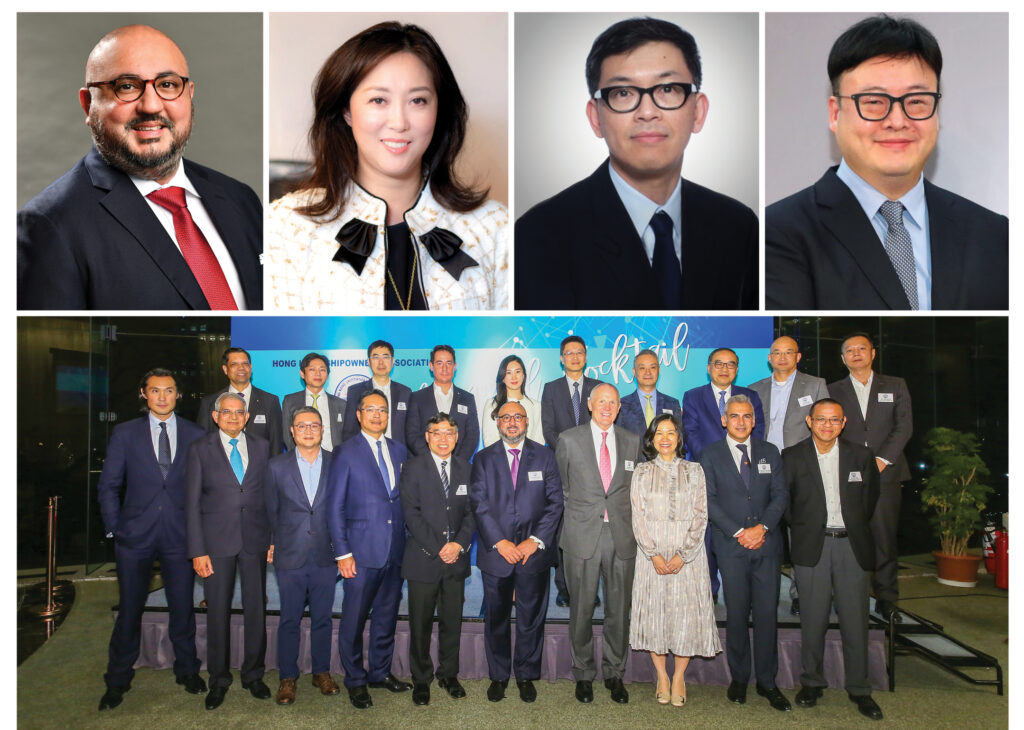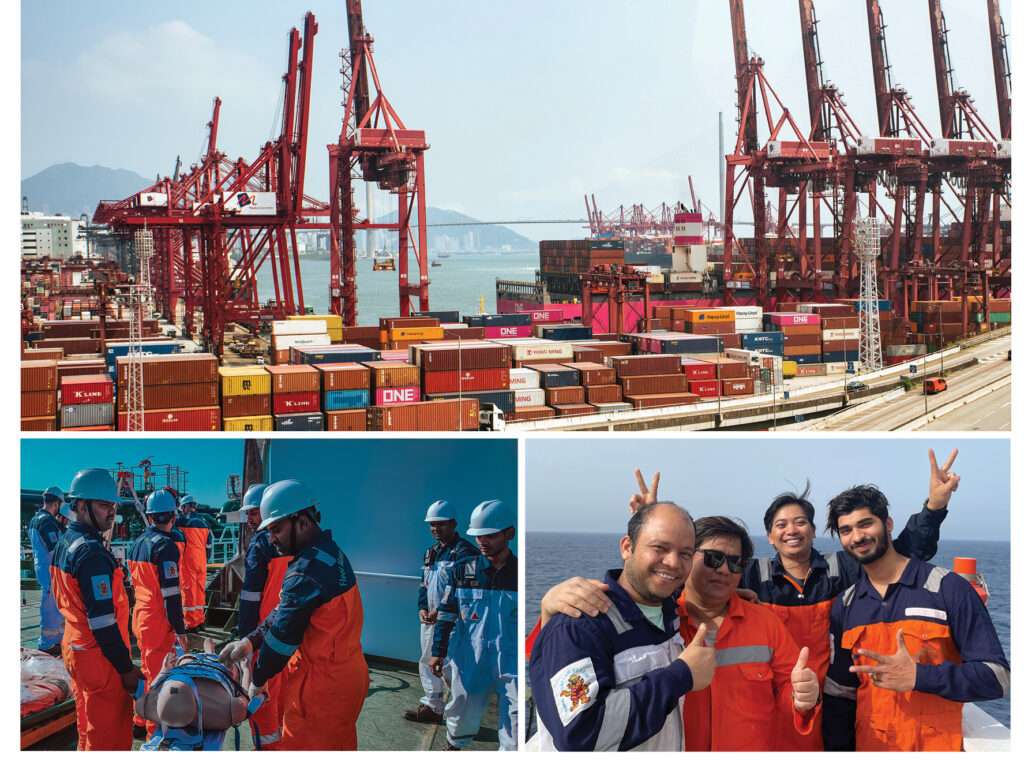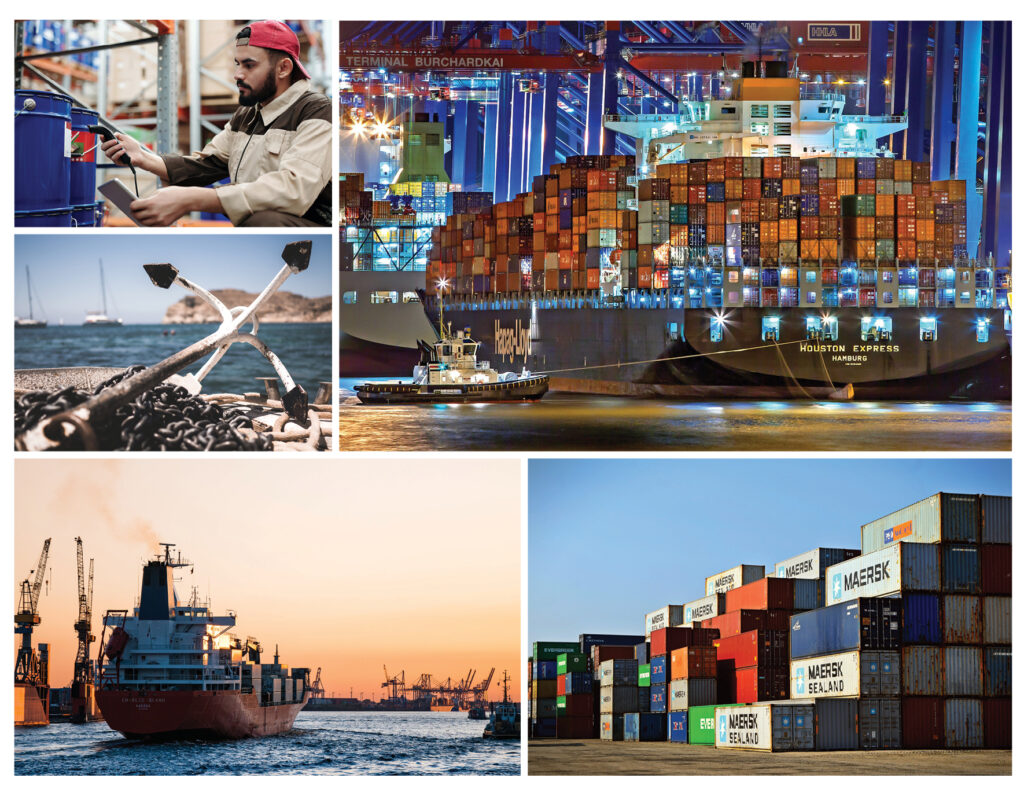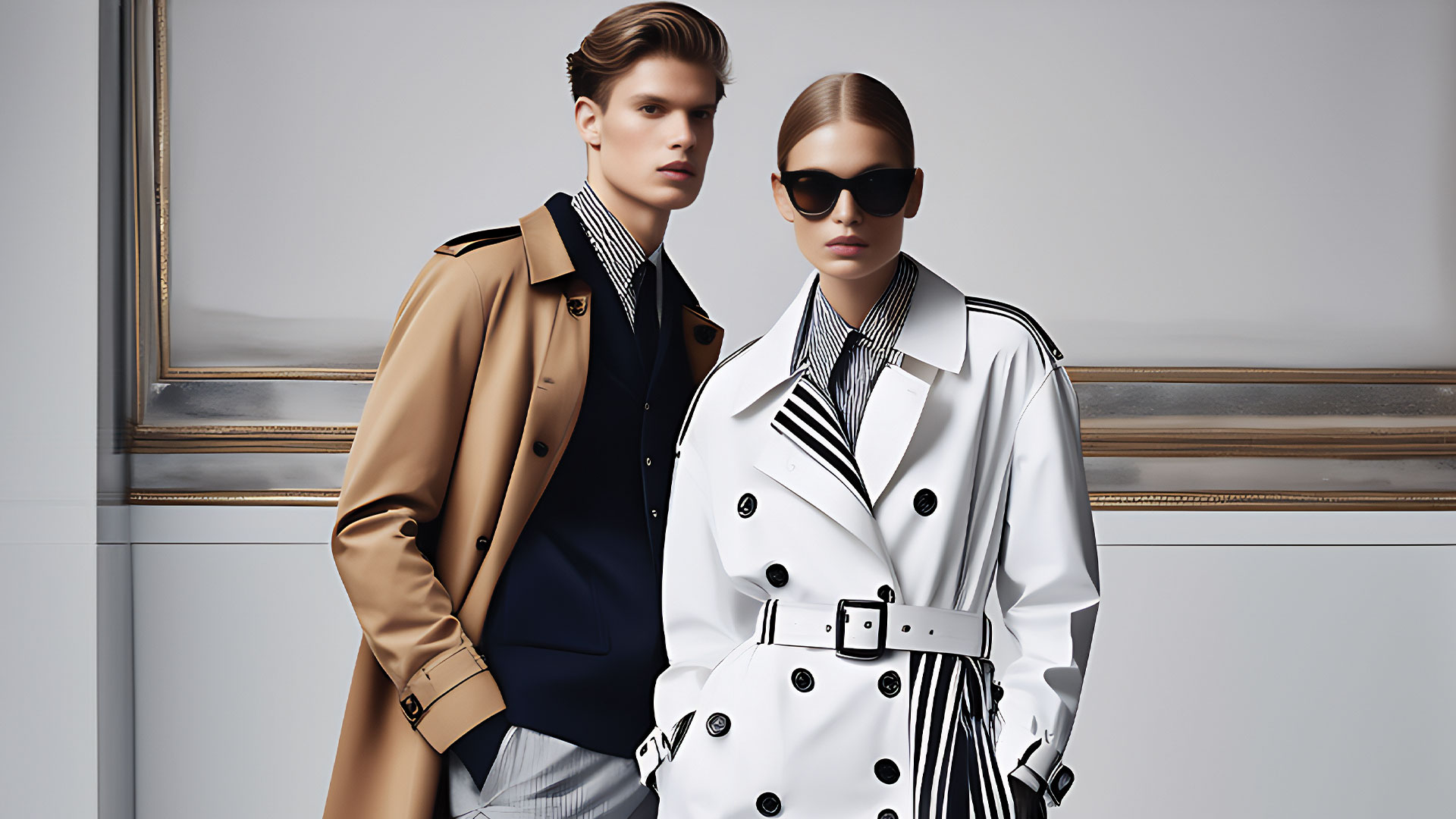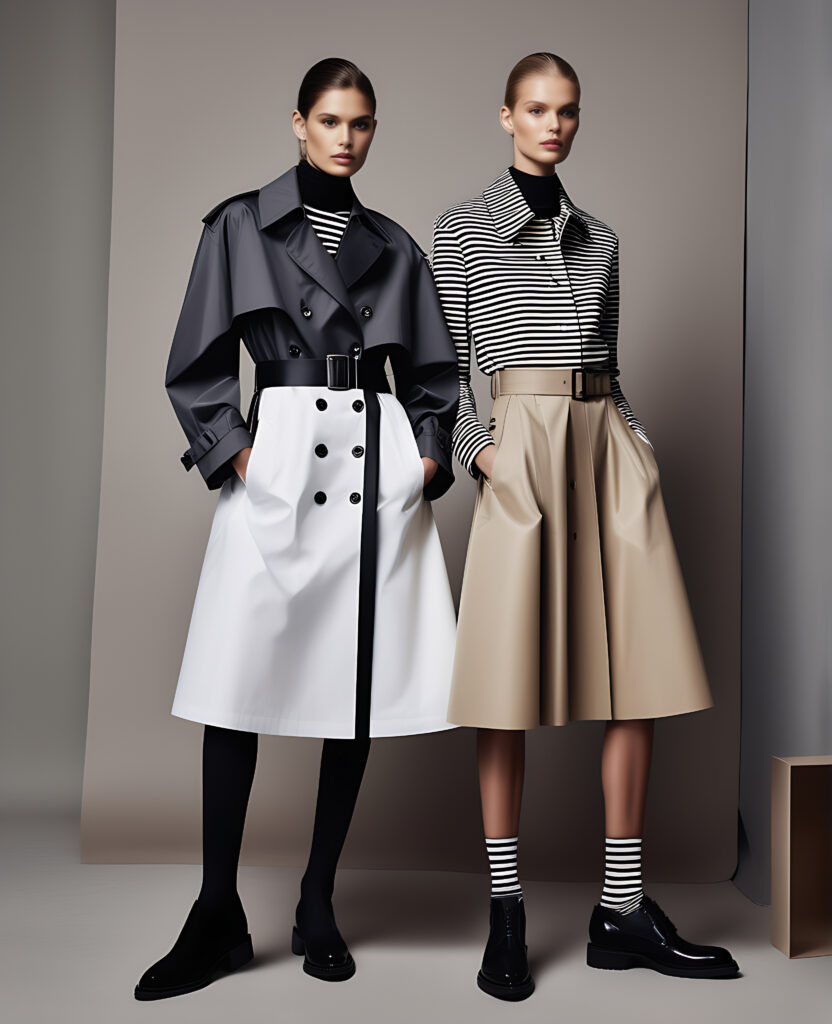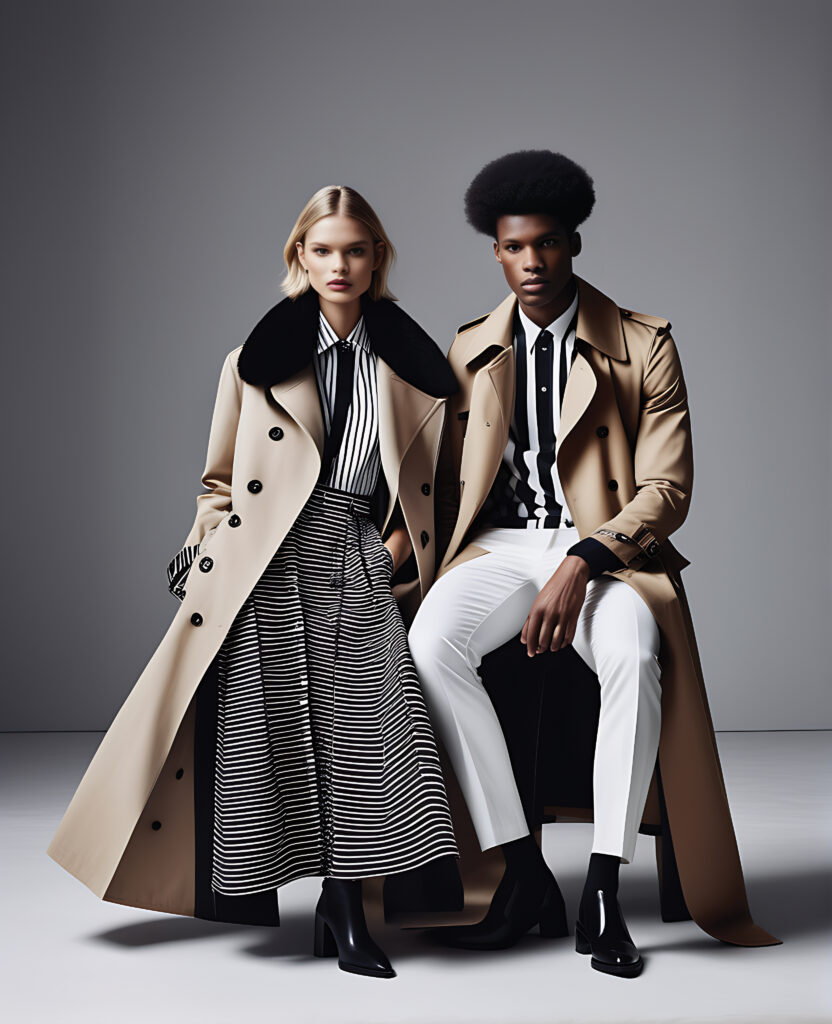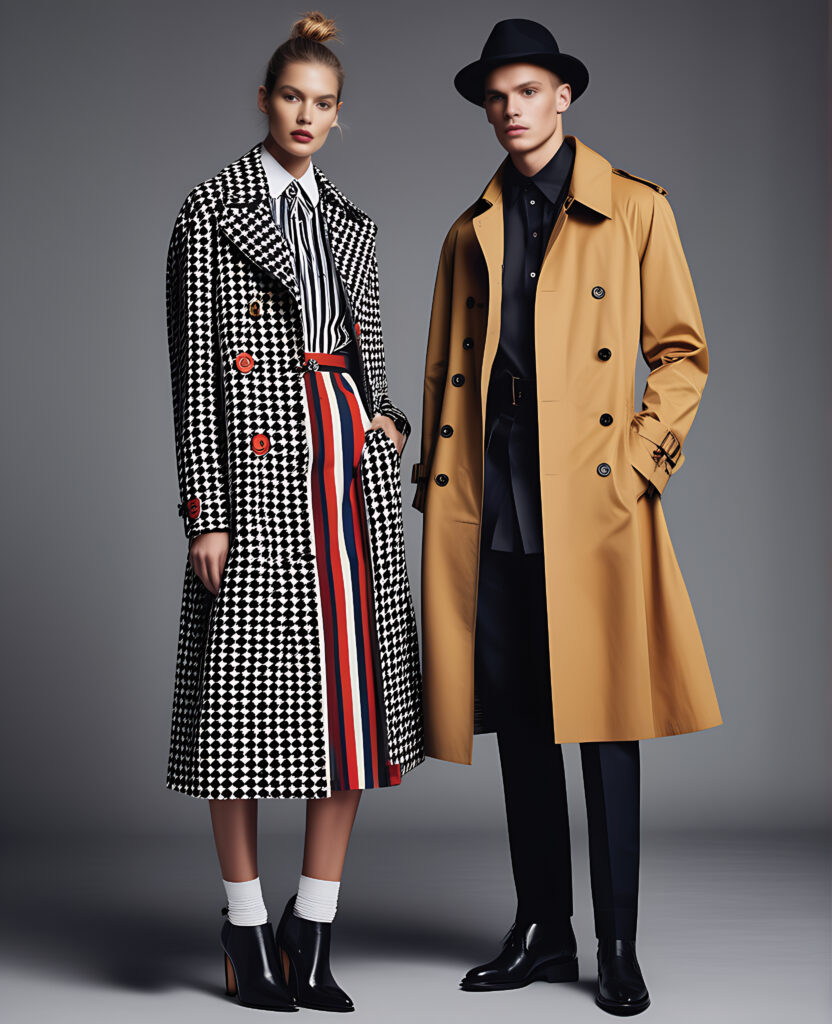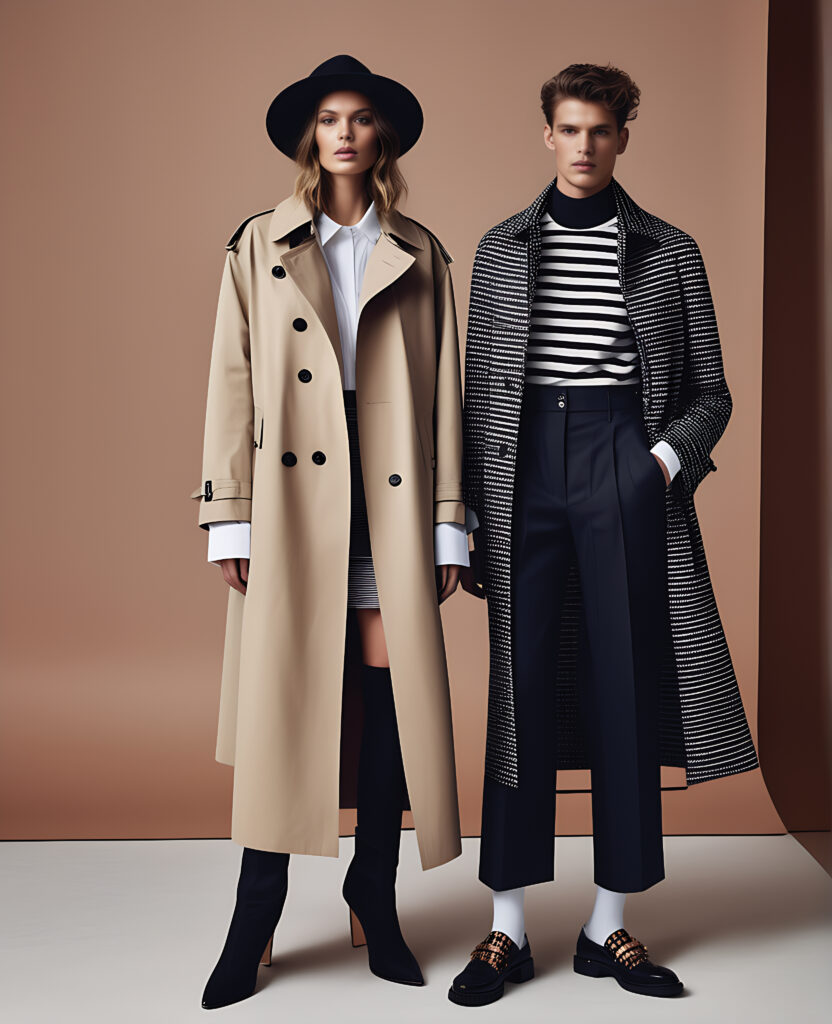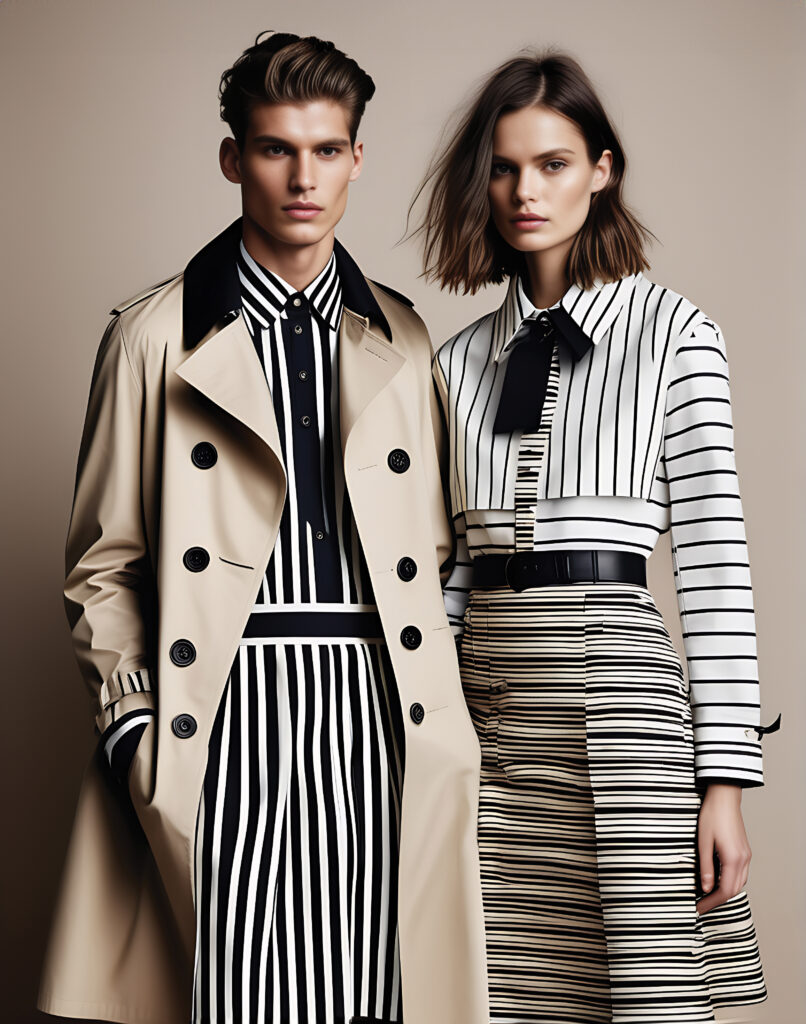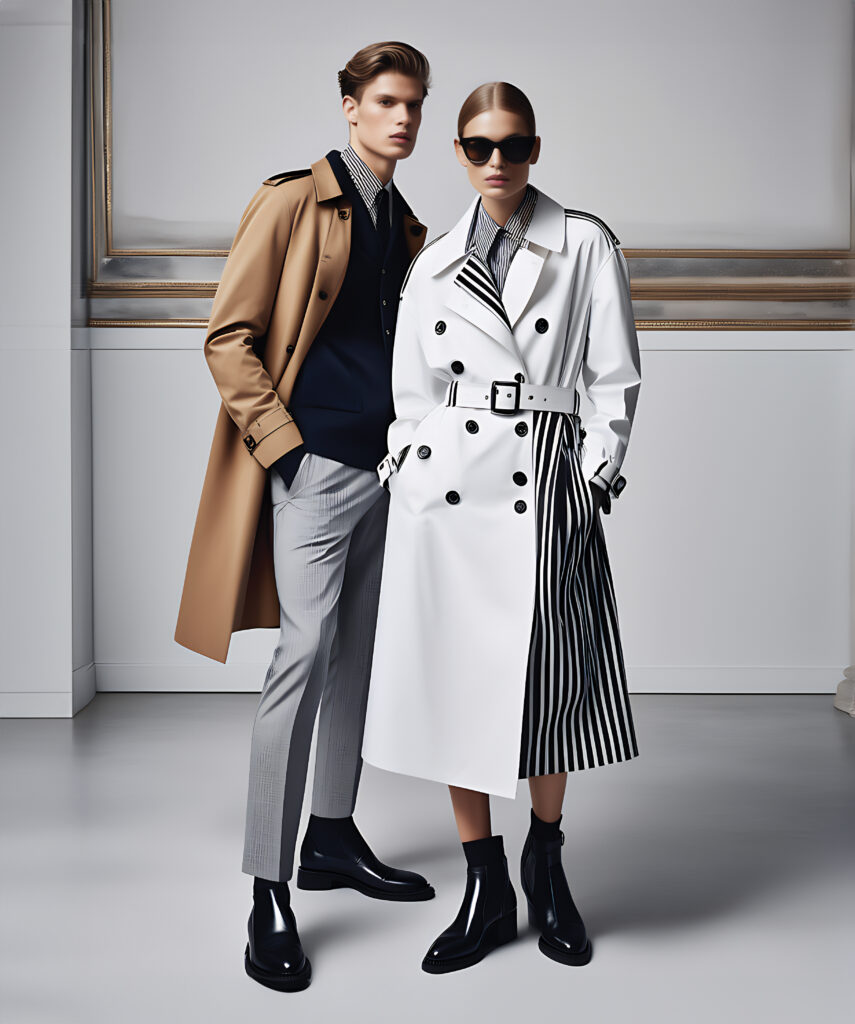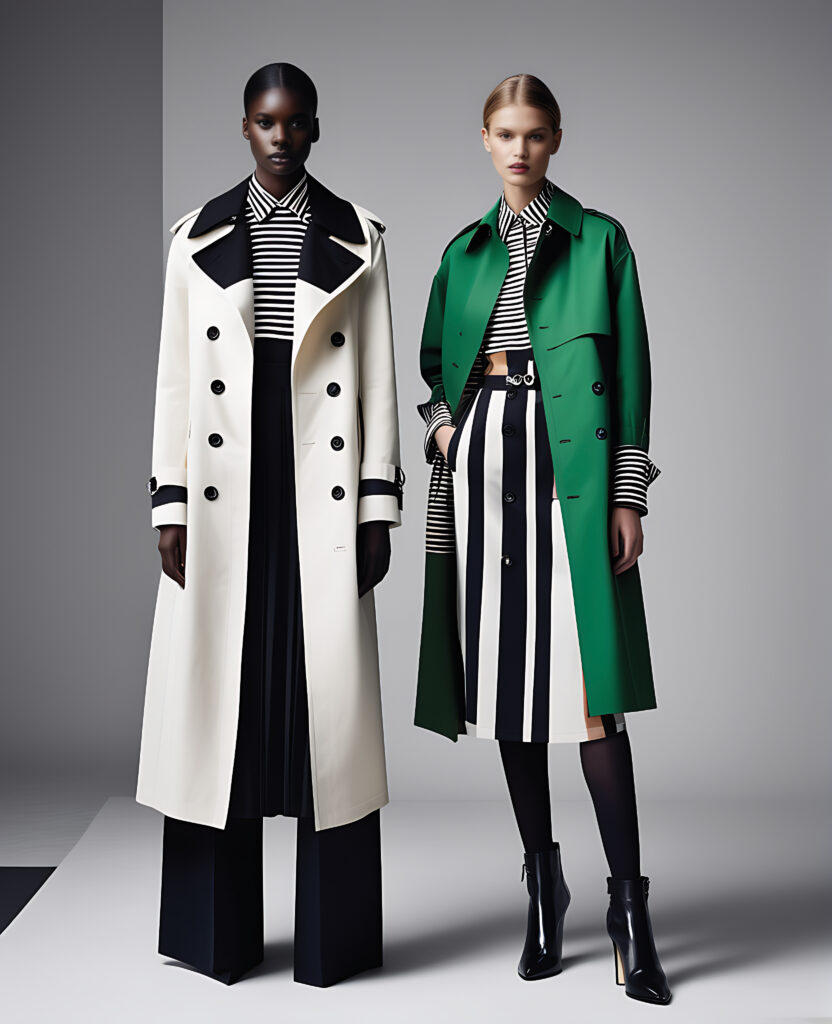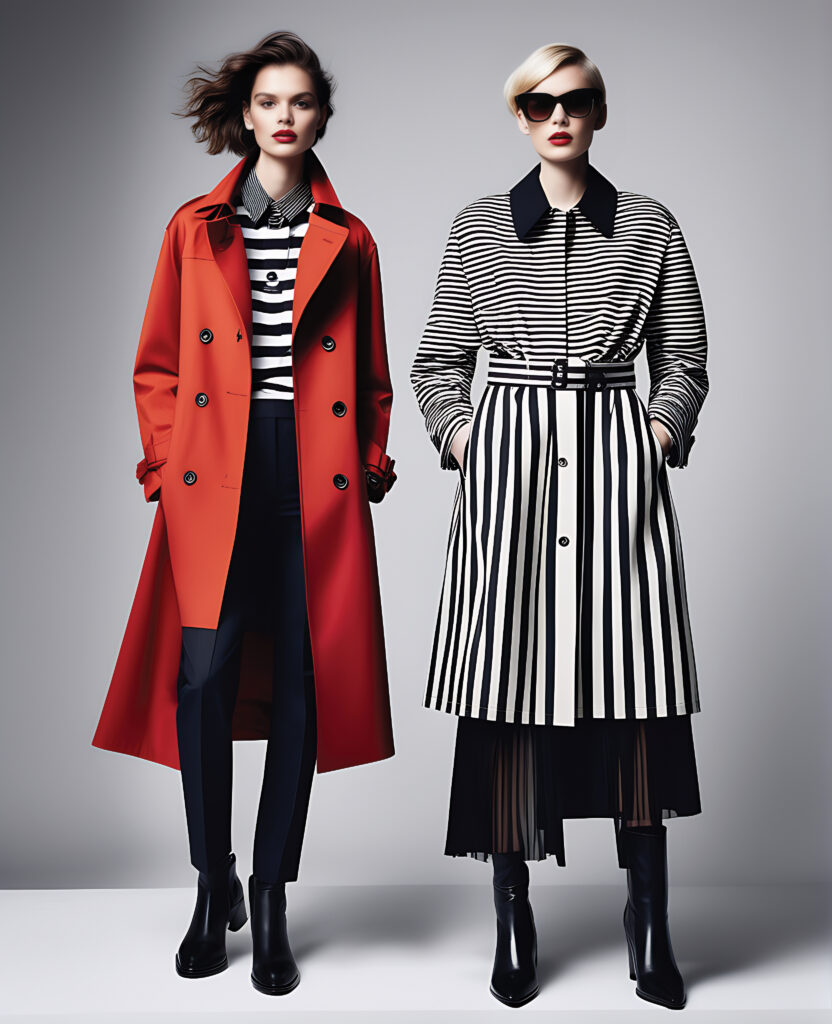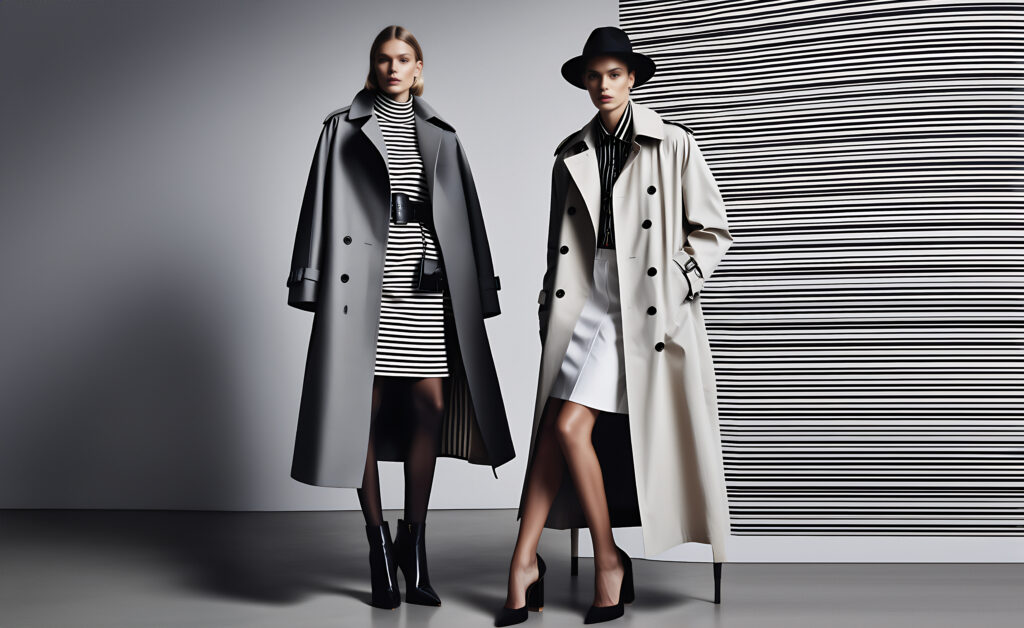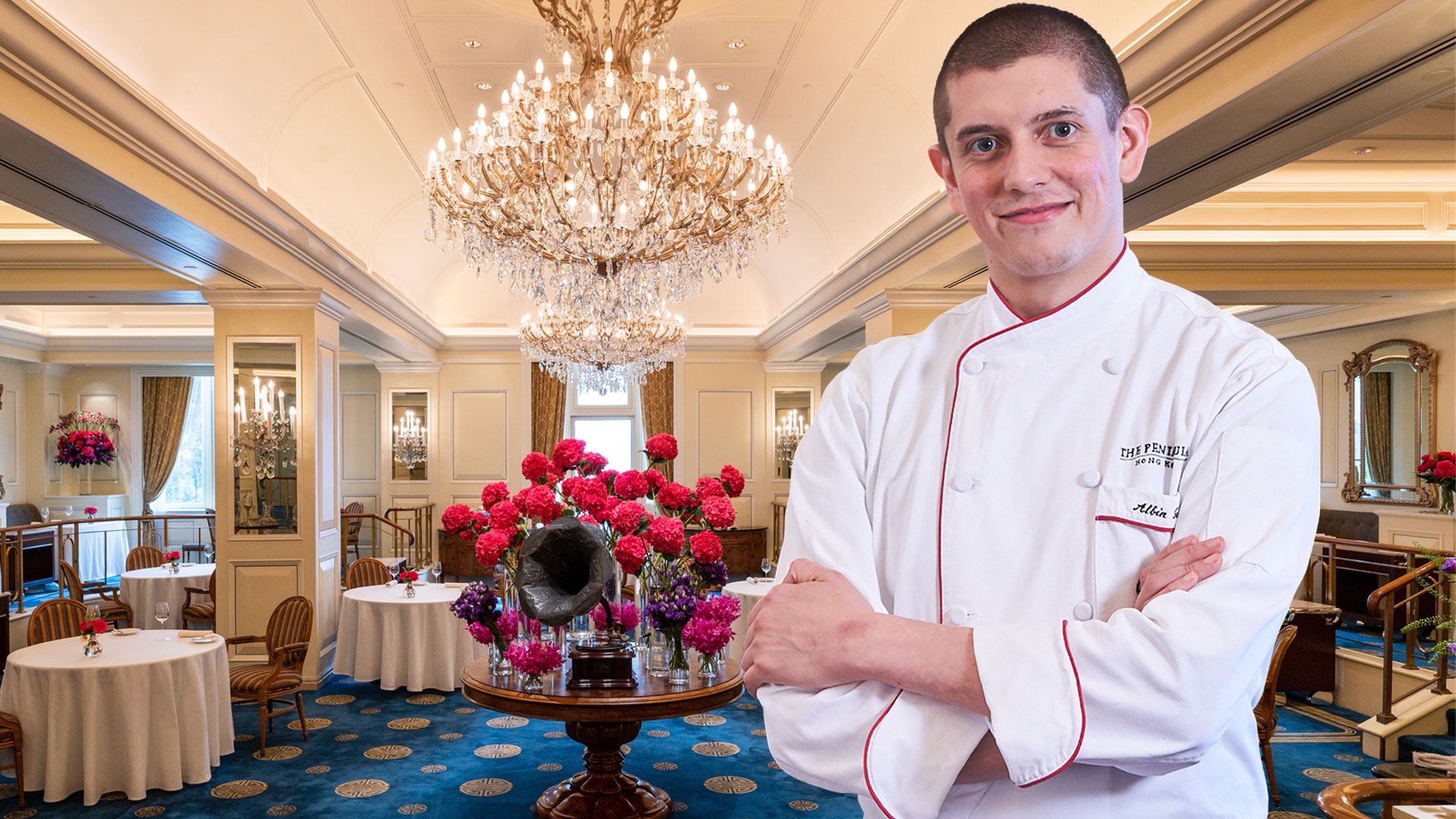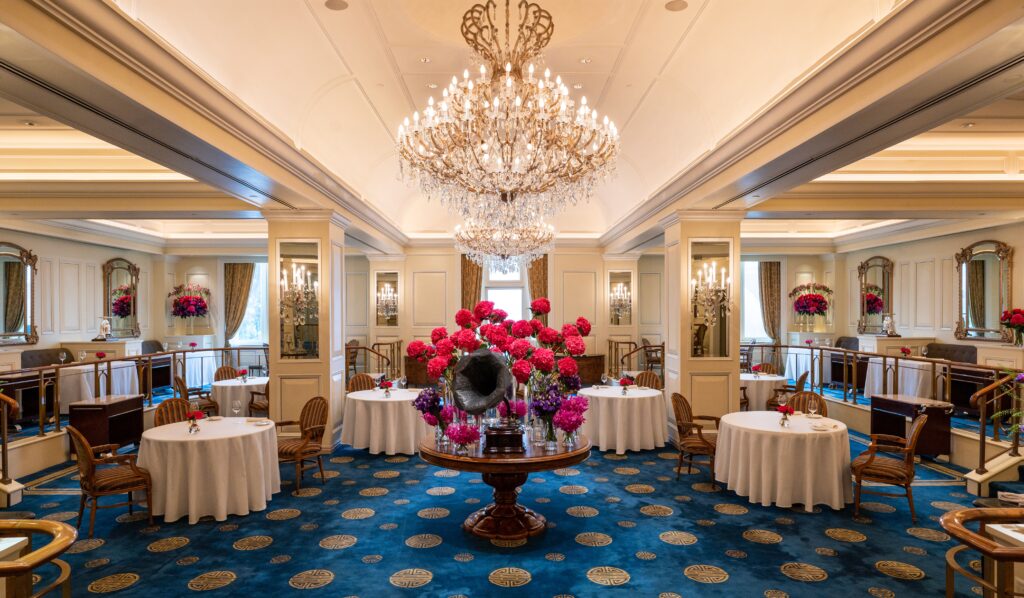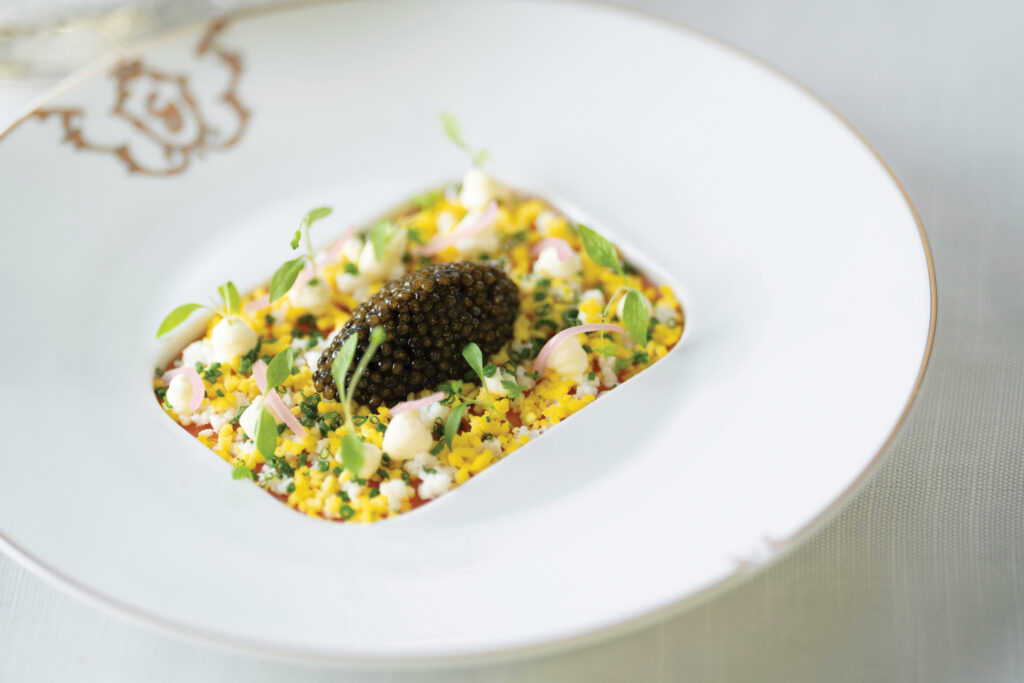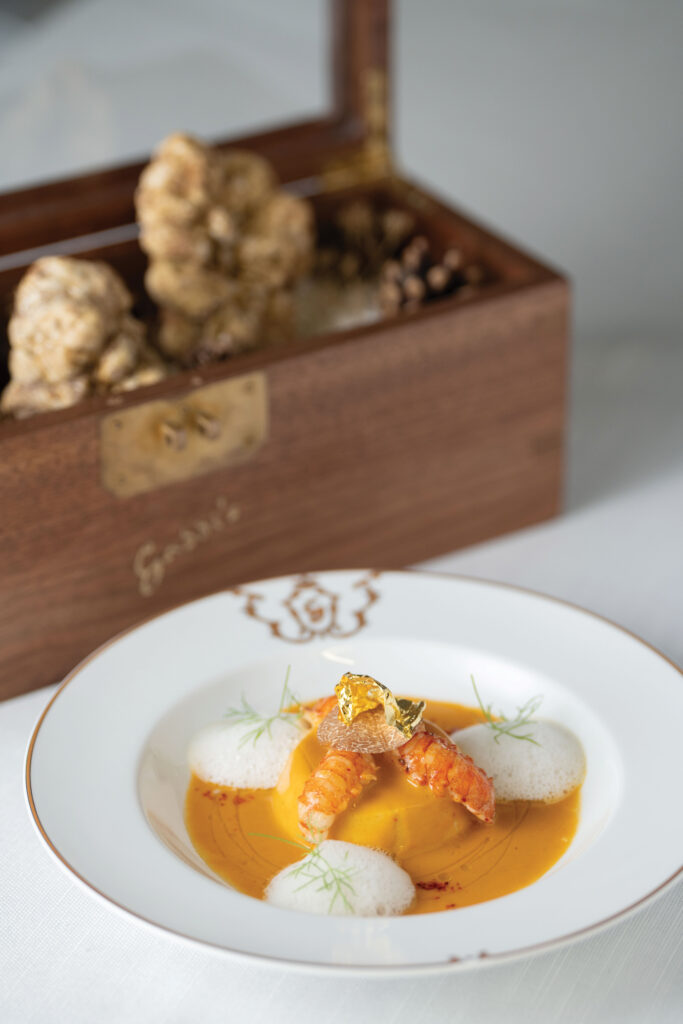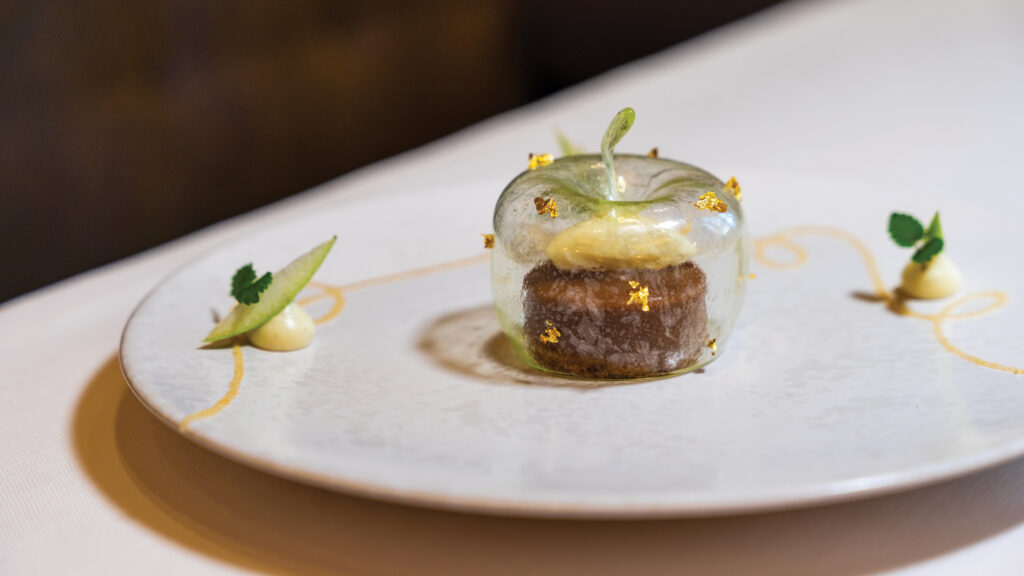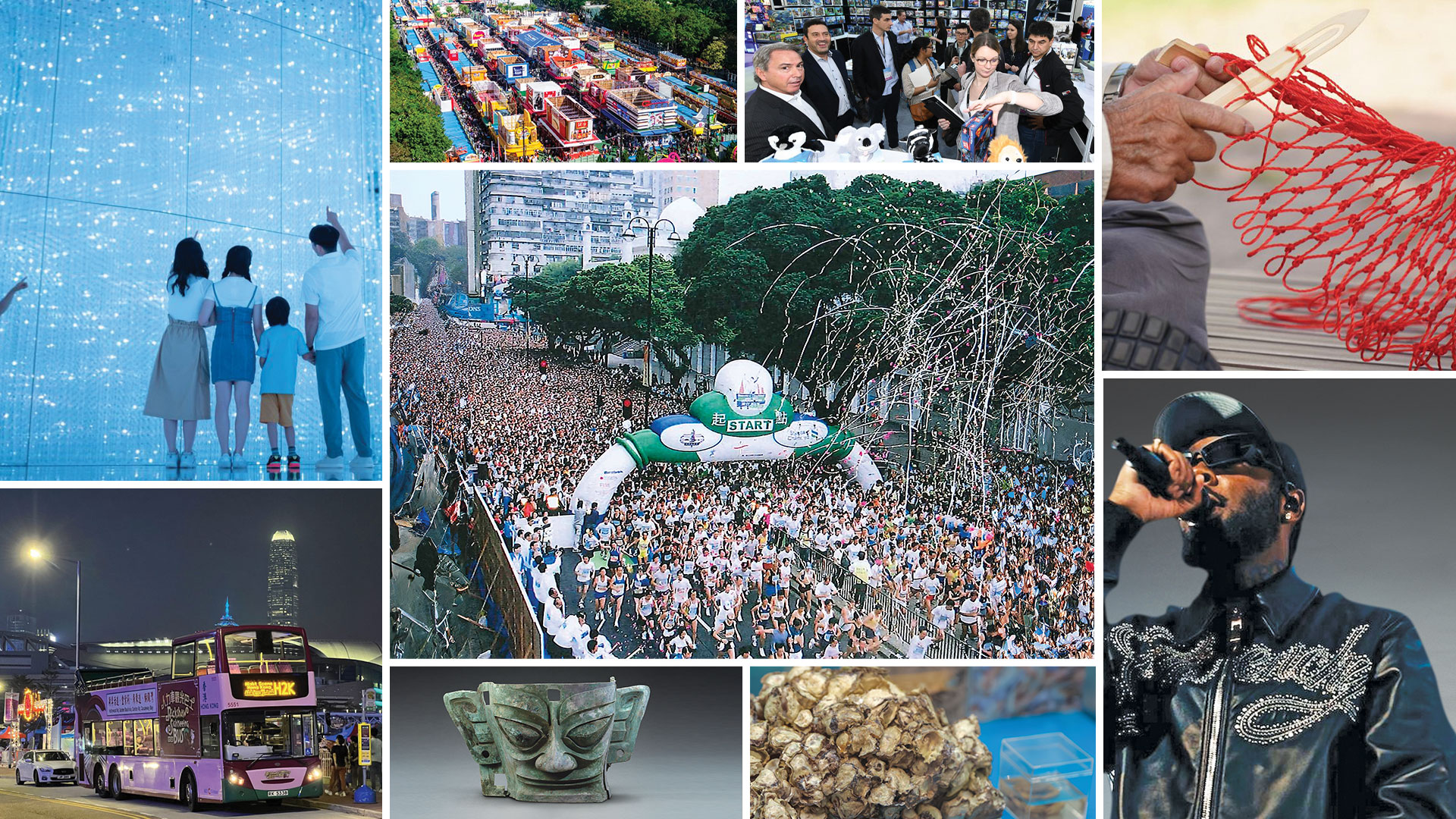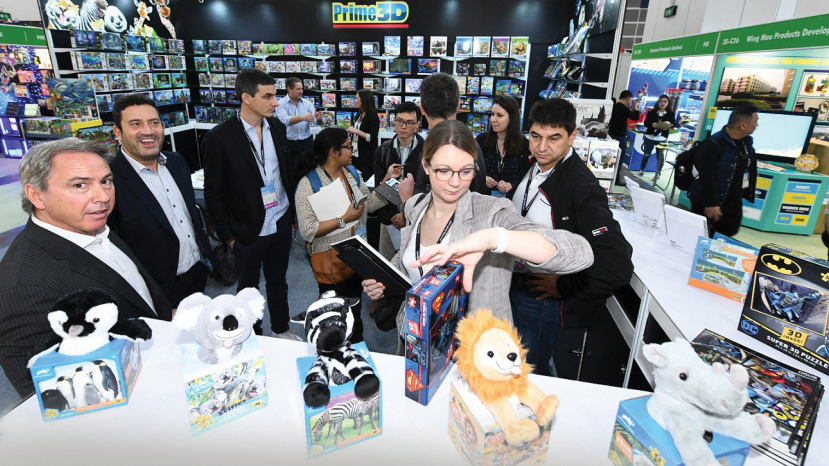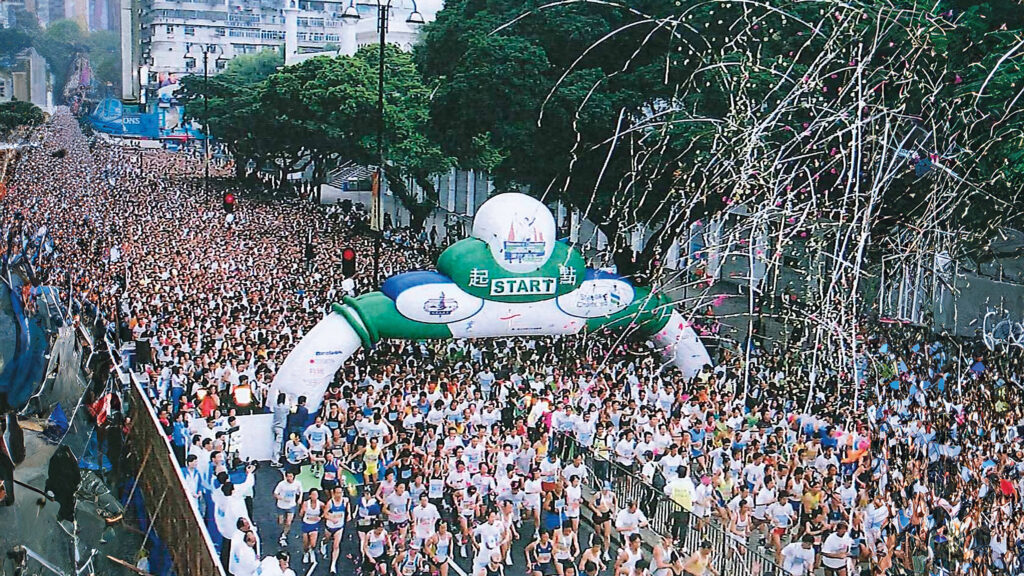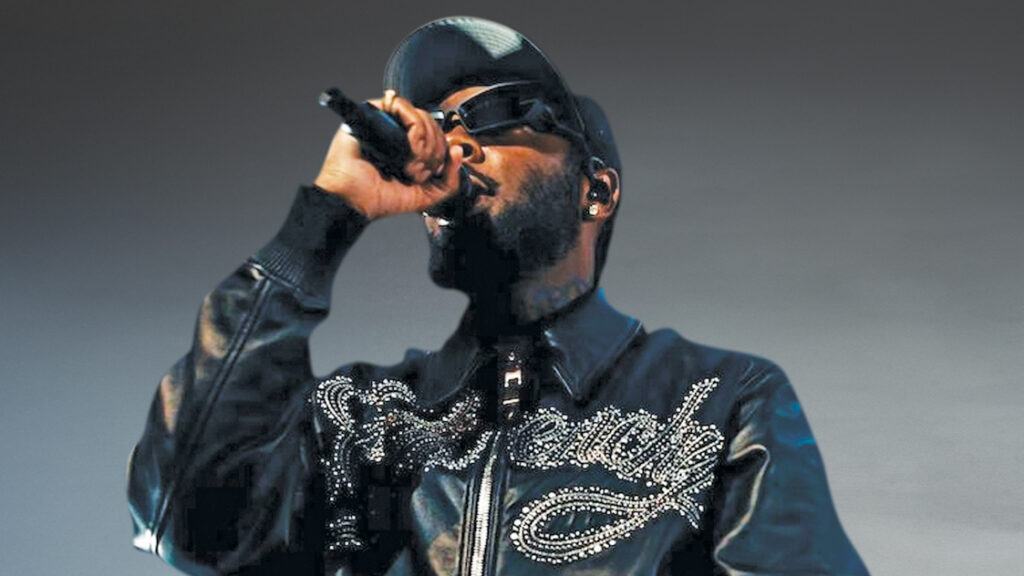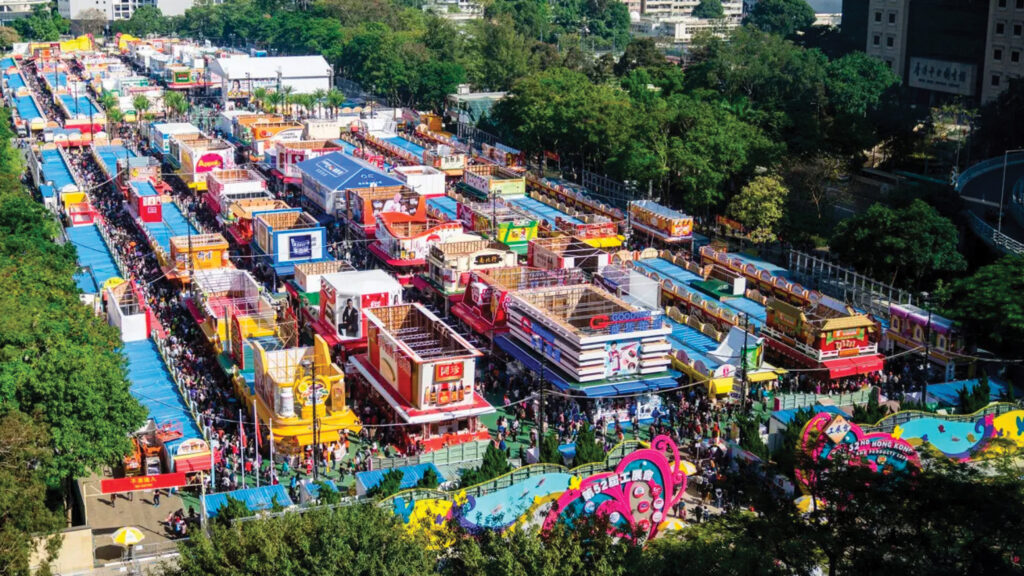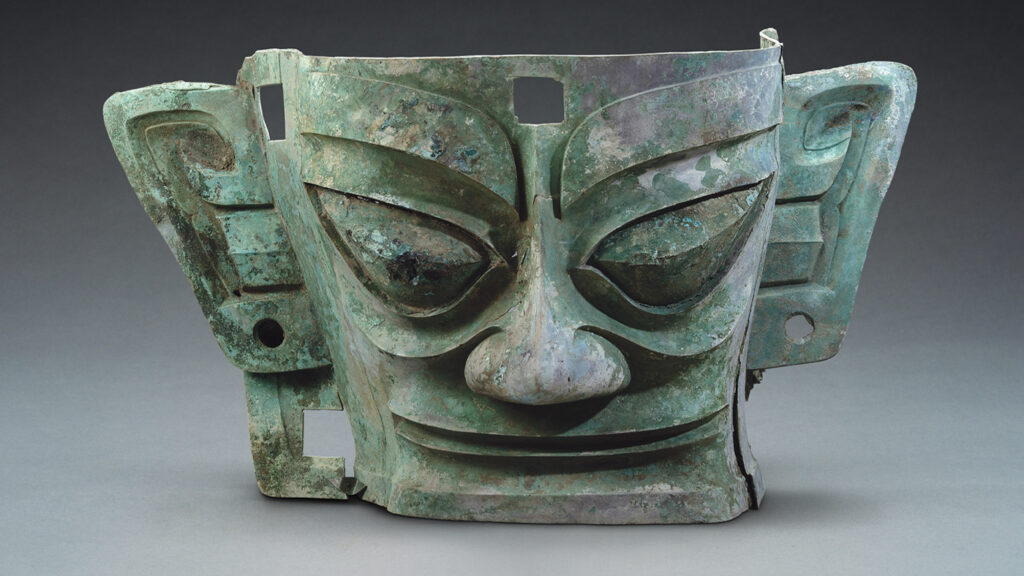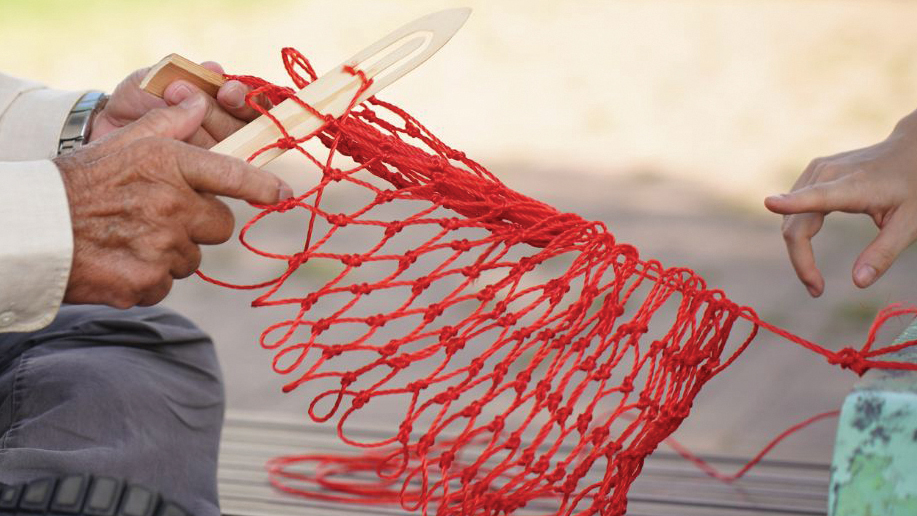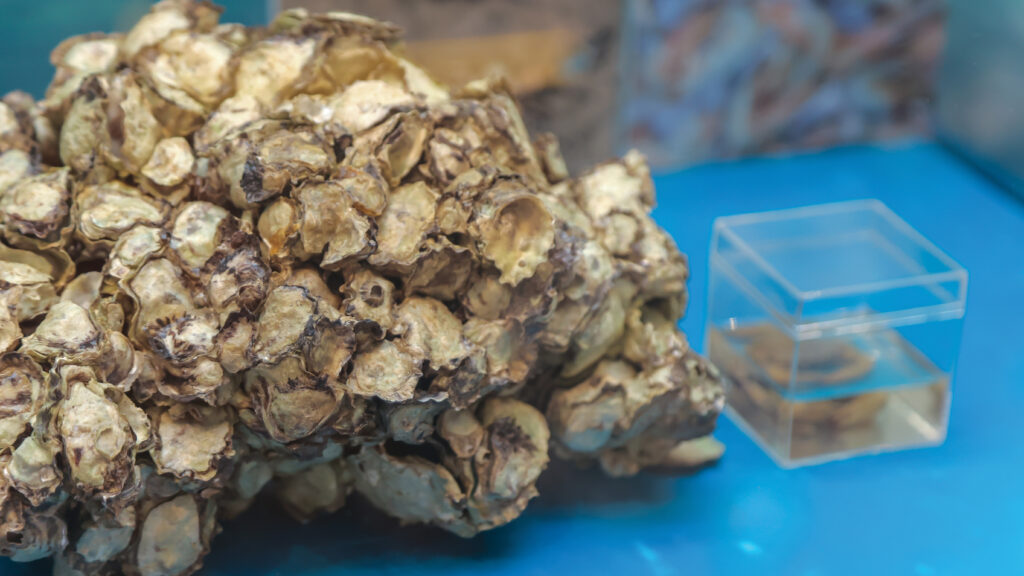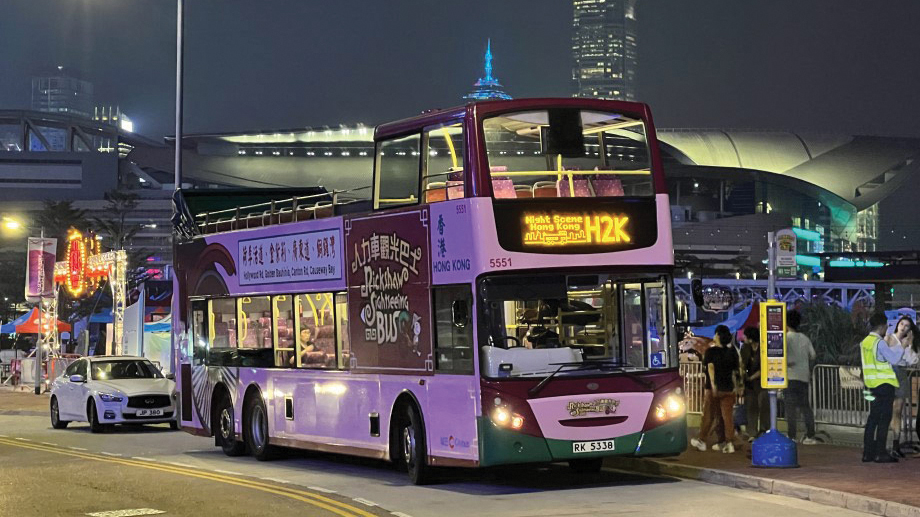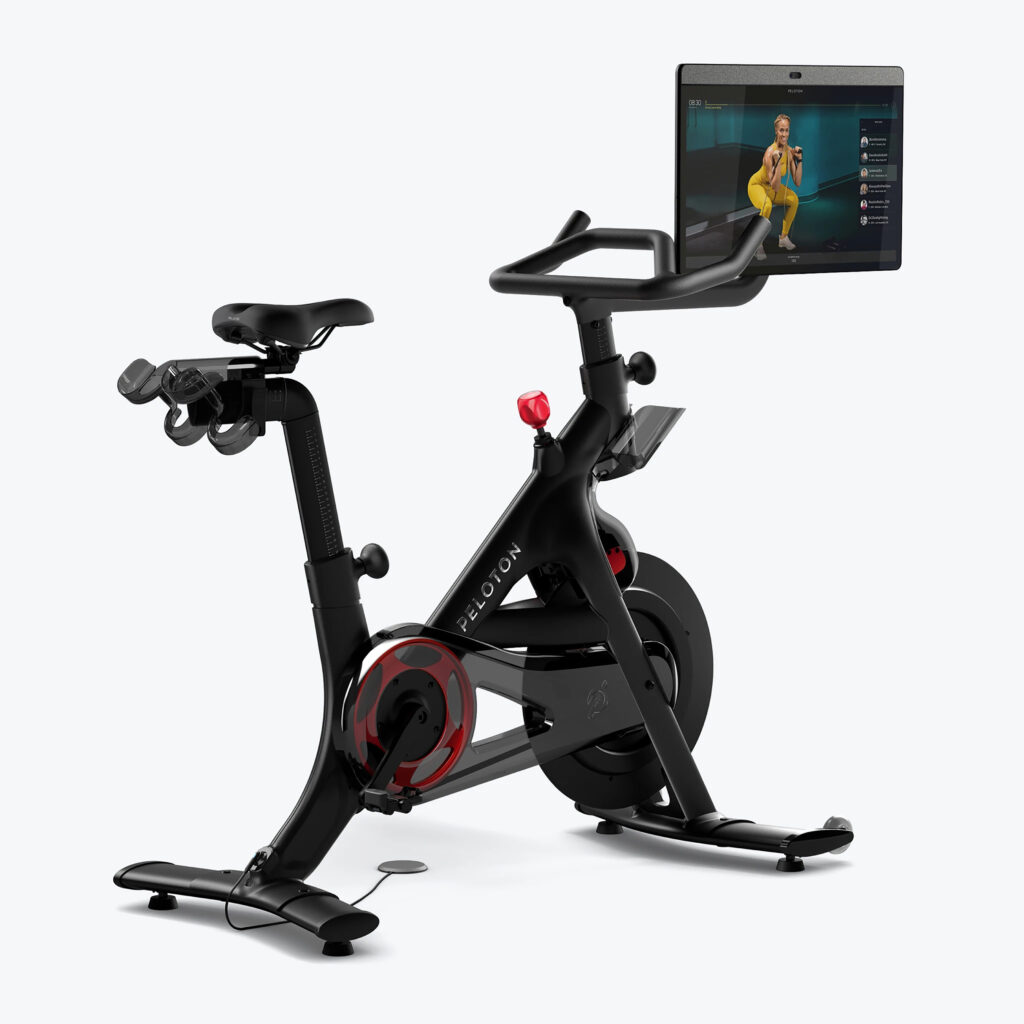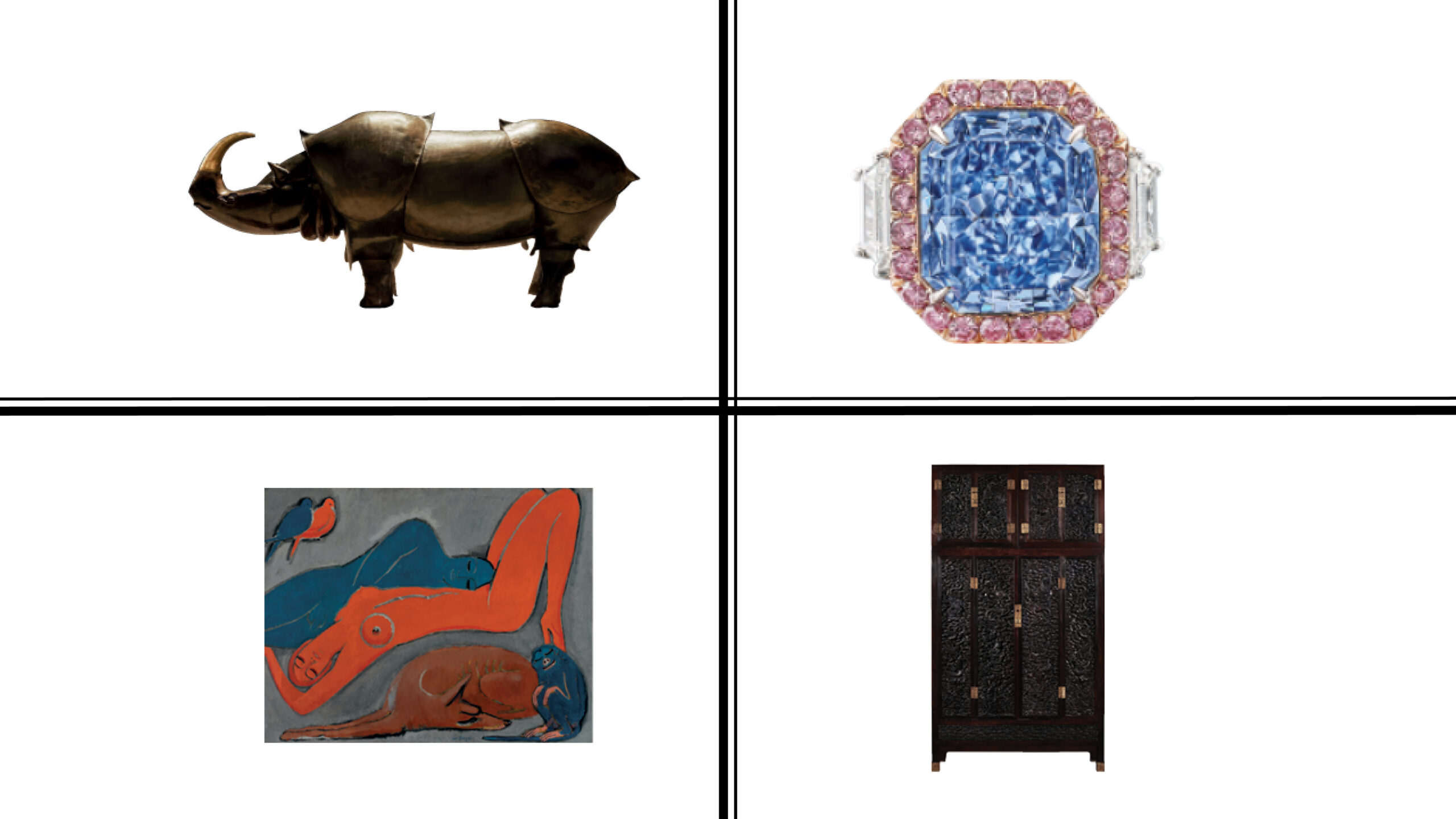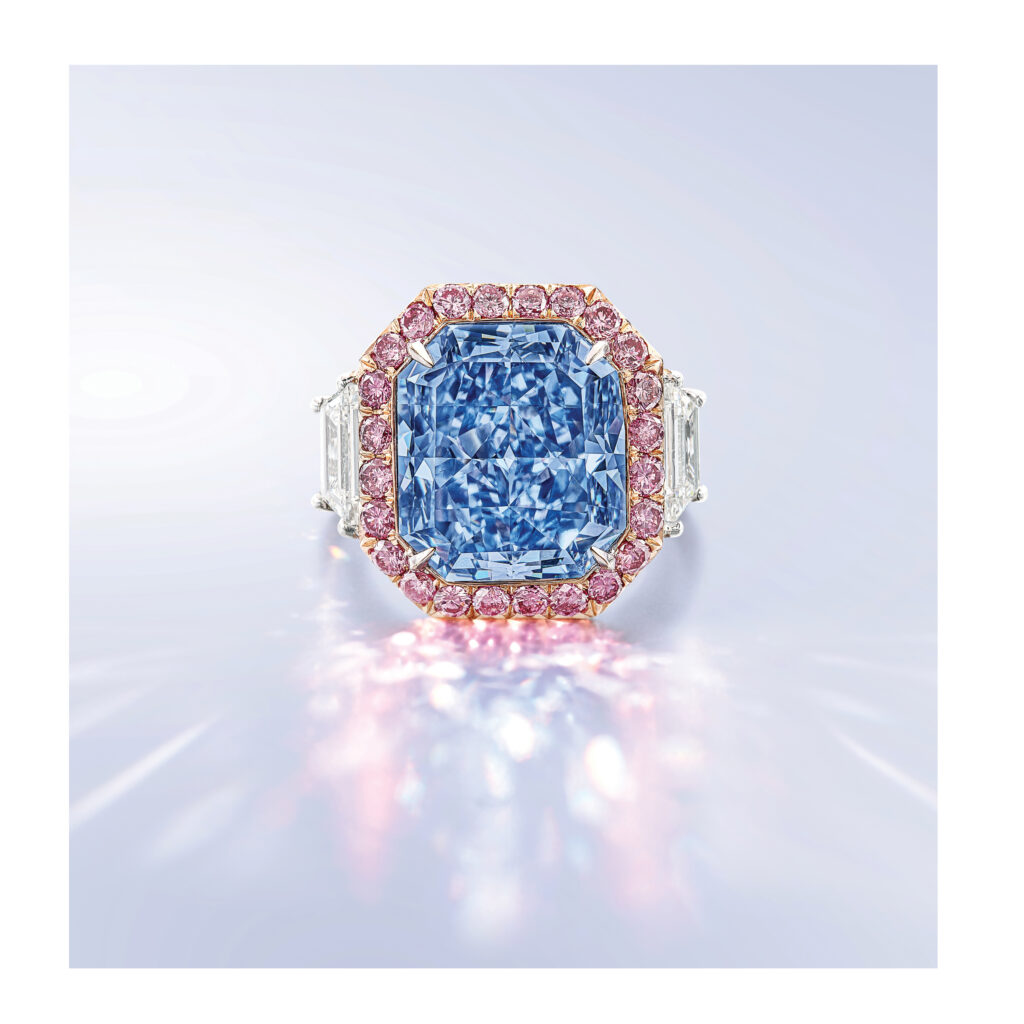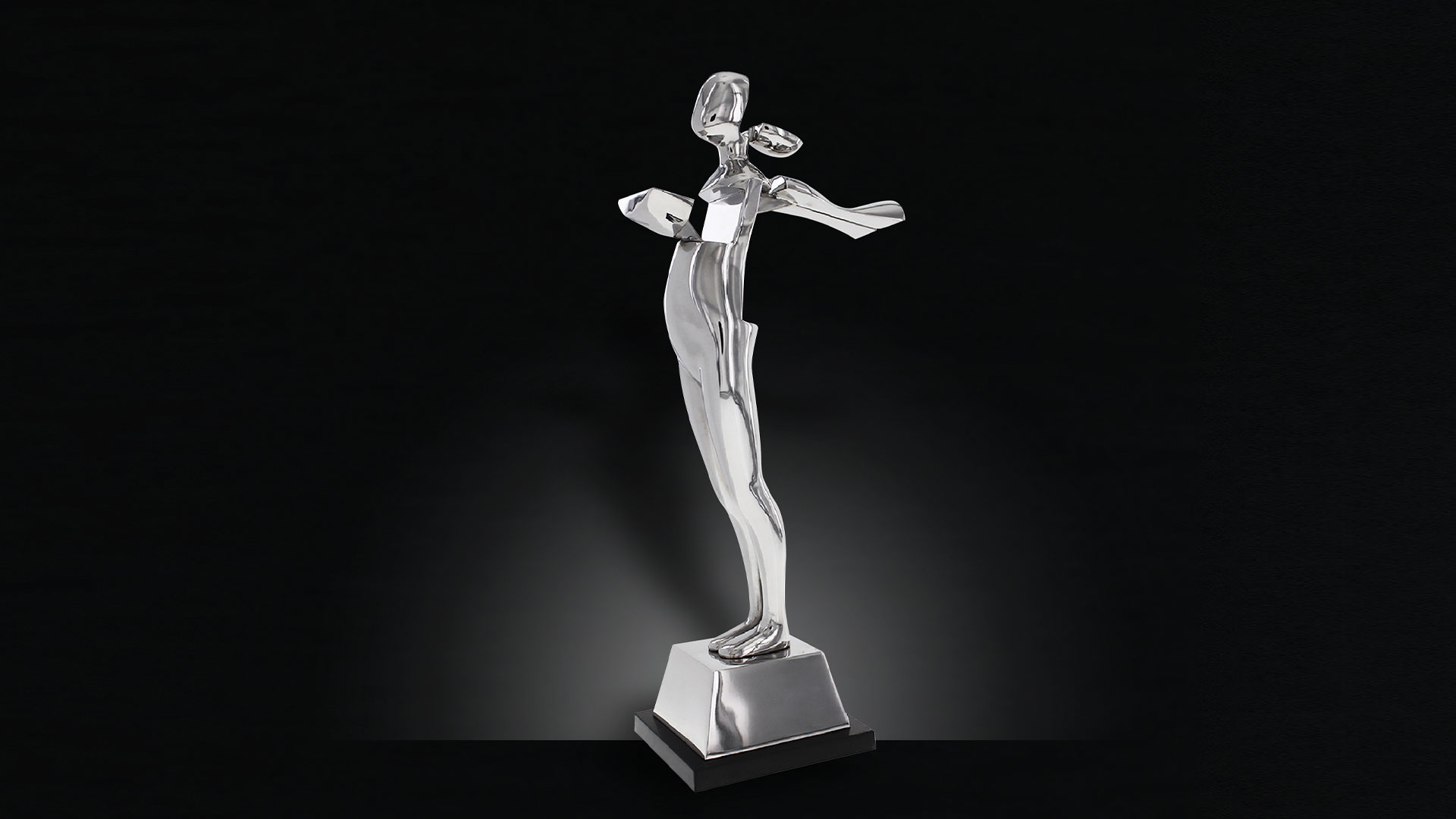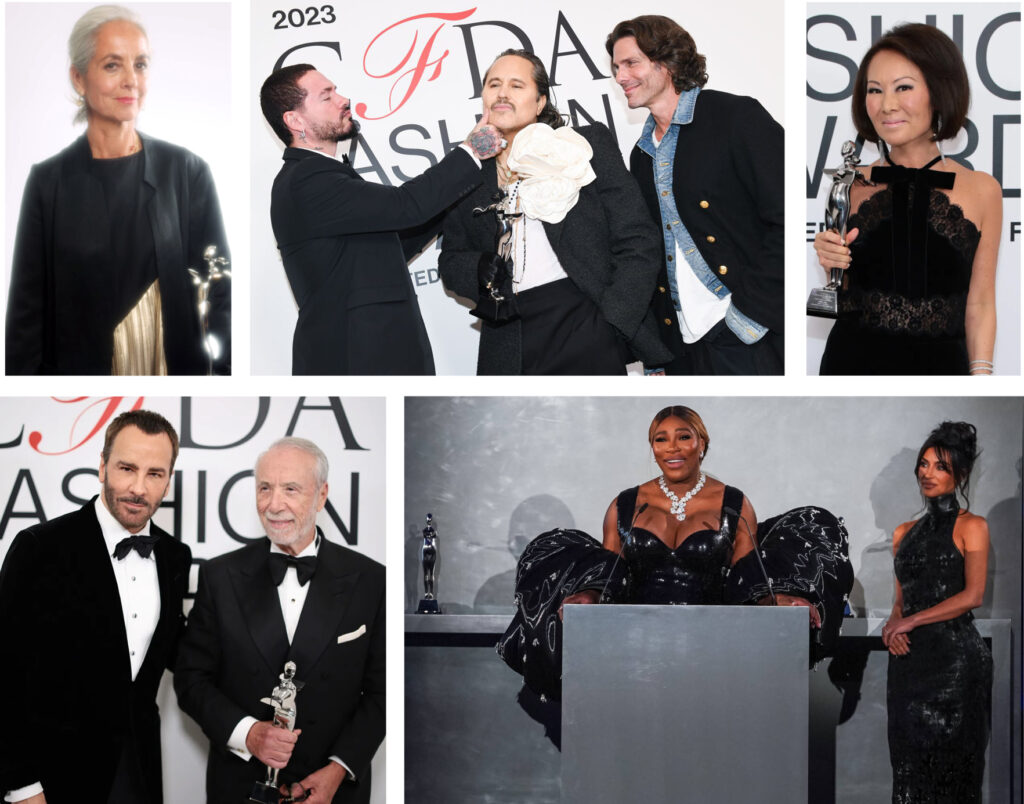Almost everyone, regardless of wealth or social standing, imagines themselves retiring to a genuinely unique location—a sumptuous haven where their years of hard work will be amply repaid. One lucky Hong Kong couple feels that the peace of their retirement years is nearly certain now that they own a luxurious flat in Kowloon Tong’s Pearl Court complex, even though for many it may still remain an elusive paradise. Not to be outdone, though, they have also enlisted the help of two of the top interior designers in the area, Alain Wong and Ada Cheung of Comodo Interior and Furniture Design, to make sure their retirement getaway lives up to their high standards in every manner.
Nestled amid the beguiling calm of Beacon Hill in Kowloon Tong, Pearl Court’s setting is far removed from the hustle and bustle of downtown Hong Kong, with a genteel suburbanity permeating every artfully-crafted nook and ingeniously-integrated cranny. The sense of discreet refinement only intensifies when you first cross the threshold of this admirably spacious 1,846sq.ft apartment, which leisurely comprises two bedrooms, two bathrooms, a study, a living room, ample storage space and a state-of-the-art kitchen.
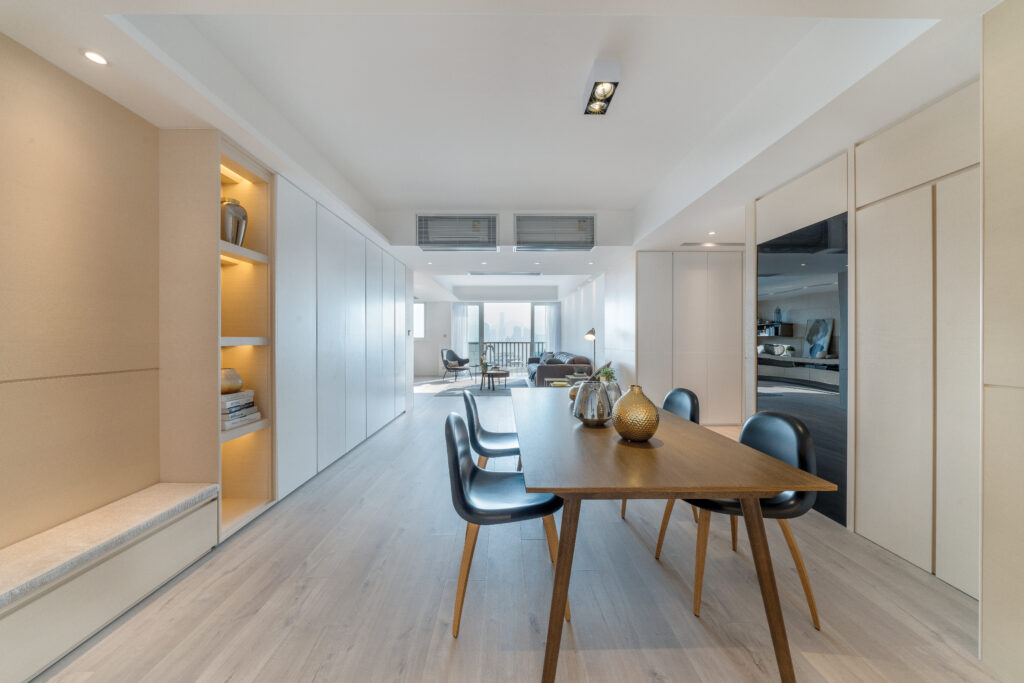
The architectural requirement was to create a place that was a combination of luxury house, gallery, and secure storage because the newly retired owners were eager to dedicate their time to their growing fine art collection. To achieve this, the design team decided to leave a large corridor between the bedrooms and study and the public areas, especially the living and dining room. This gave them the extra wall space they needed to properly appreciate their prized acquisitions.
As well as display areas, these art collectors also required ready access to secure storage. While the price paid for this was the loss of a guest room, the integration of automated shelving and retrieving facilities were all but essential given the residents’ advanced years.
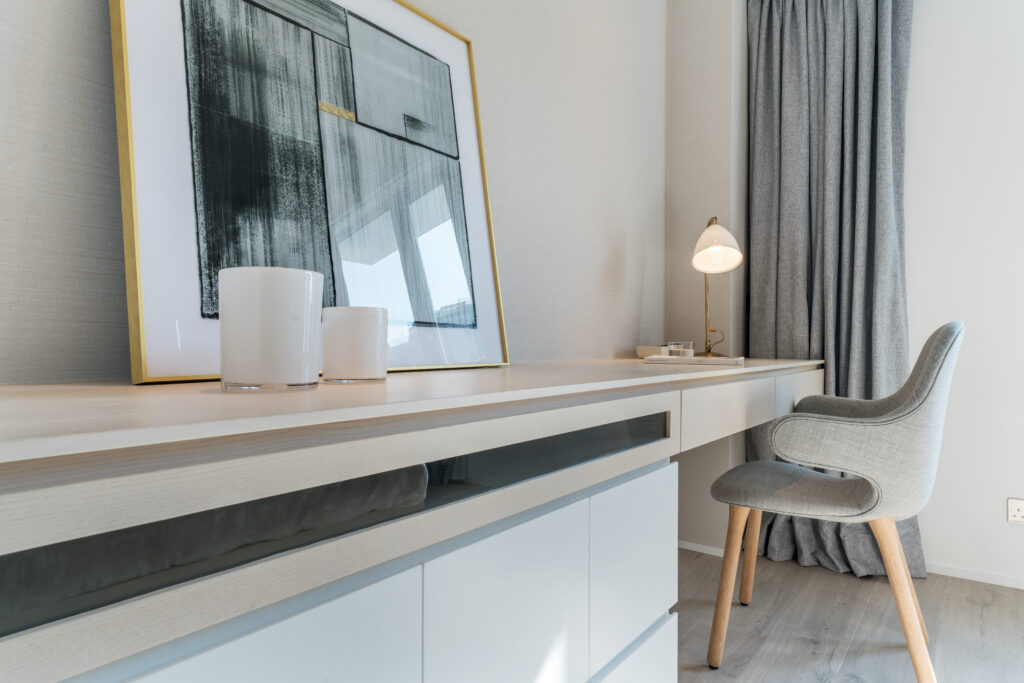
In another bold move, the designers converted part of the existing living room into a second bedroom. Not only did this create a cosier communal space, it also allowed a number of structural supports to be discreetly recessed as part of the feature-fitted wardrobes.
The intelligent placement of light-wood furniture and the tasteful use of light-colored wall veneers effectively allayed any worries that the reduced living room area would appear small. The large balcony doors also helped to alleviate any unwelcome feeling of excessive congestion by letting plenty of natural light into this cozy shared area.
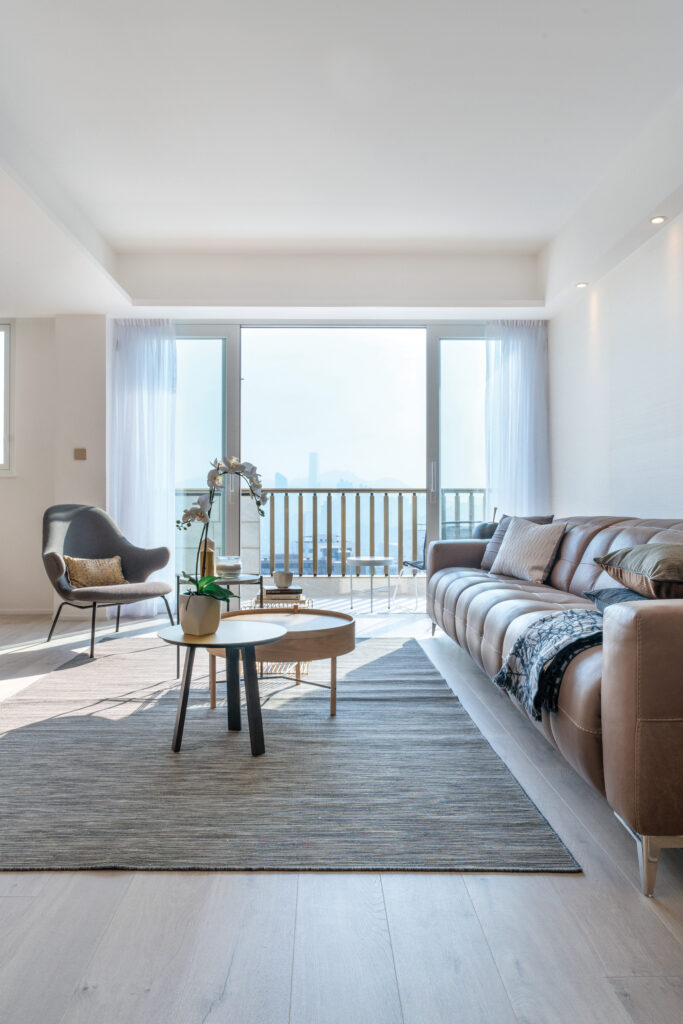
Wherever possible, the designers also took full advantage of any pre-existing nooks and recesses, typically bedecking them with shelving or display spaces as a way of optimising the number of show points for the owners’ many artworks and literary resources. As a result, even the dining area features a prominent display cabinet, complete with a bench where visitors can perch on as they admire the items on show.
Moving on to the bedrooms – in the specified separate his-and-hers varieties – the focus is solely on comfort. The headboards in each bedroom are finished in veneer and light grey fabric, creating a rich, warm restive ambience. A more elegant touch, meanwhile, comes courtesy of the wood-textured wallpaper, replete with bronze and steel detailing.
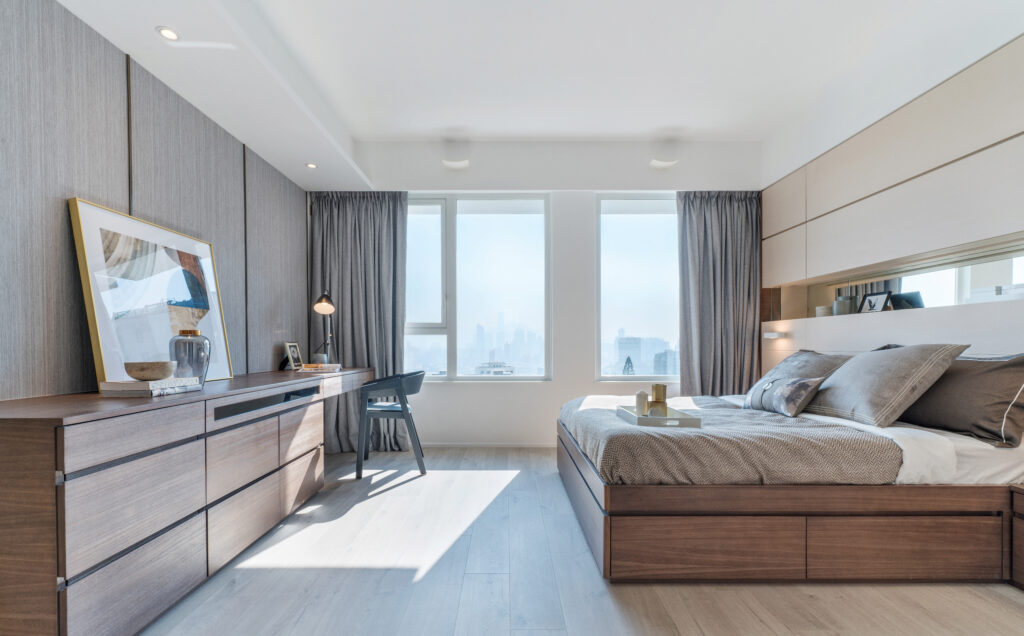
The study room, by contrast, is notably more frugal, with its minimalistic aesthetics allowing the space to truly breathe. It does, however, contain artfully hidden resources, with a folding guest bed tucked away within an apparently nonchalant storage space.
The bathrooms also adopt this simple style. Even with their sophisticated overtures (see the marble countertops and large bathtub), these rooms are clearly designed with the needs of their post-retirement occupants in mind. Bright lighting options and carefully placed support bars are used in this fashion, but their usefulness is never allowed to overpower the subtle curves of the rooms.
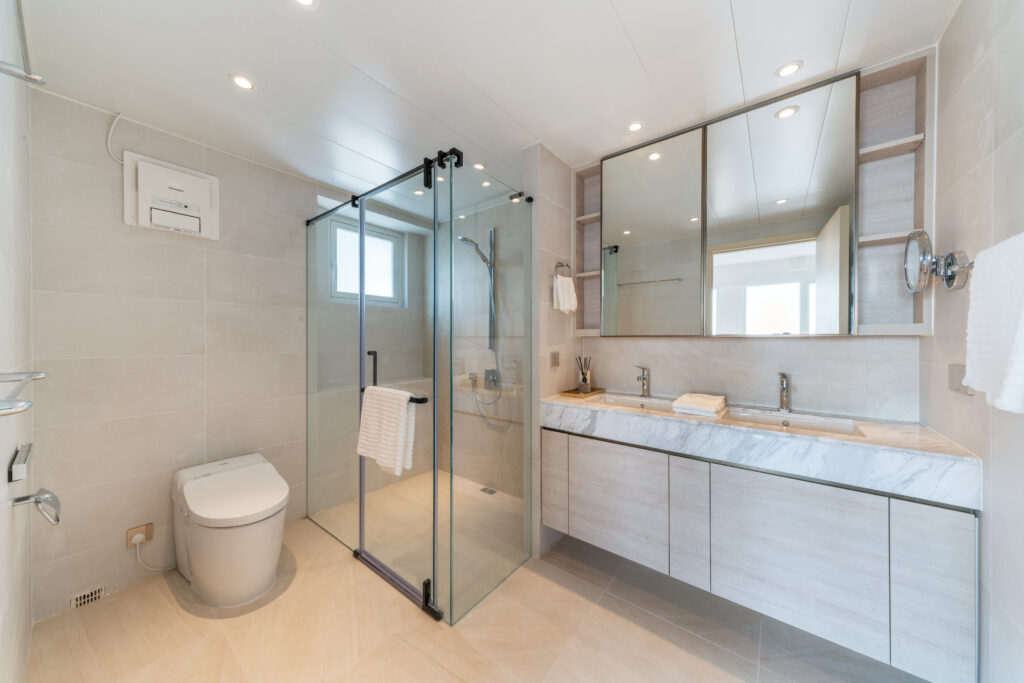
Pearl Court’s ultimate success, of course, is unquestionably the provision of a home that serves as a vibrant art gallery as well as a chance to live artistically.
Photos: Comodo Interior and Furniture Design



